We know what’s happening with you. Two of your best friends just returned from Peru, and they won’t stop talking about their trip. You’ve seen pictures on Facebook, and they look amazing. But what’s stood out to you most was the landscape of the Inca Trail and, of course, the enigmatic Inca city of Machu Picchu. However, you feel unsure and won’t decide to go because Peru looks far away and you think the Inca Trail is dangerous.
From Salkantay Trekking, we want to tell you: DON’T WORRY AND TRAVEL TO PERU ALREADY. To alleviate your insecurities, we bring you everything you need to know about the Inca Trail. You can forget all your doubts and start to plan the trip of your dreams, which will lead you to enjoy one of the 5 best treks in the world. Take a breath and prepare yourself: a lot of information awaits you.
Let’s get started!
- What is the Inca Trail?
- Inca Trail Peru: The Best Route to Reach Machu Picchu on Foot
- Inca Trail Weather
- What attractions does the Inca Trail in Peru offer?
- The Inca Trail and its Archaeological Sites
- What is the Best Time to Hike the Inca Trail?
- Inca Trail Meals
- What Security Measures are enforced on the Inca Trail?
- Inca Trail Regulations
- View of Machu Picchu from Inti Punku or Sun Gate
- Preparations for the Inca Trail: What to Bring?
- The Ultimate Summit of the Inca Trail to Machu Picchu: Warmiwañusca
- Huayna Picchu: An Exclusive Permit Beyond the Inca Trail
- Rainy Season on the Inca Trail
- Where to Capture the Best Photos During the Inca Trail to Machu Picchu?
- Inca Trail Faqs: What other doubts do tourists like me have?
- Conquer the Inca Trail: Journey Through History
What is the Inca Trail?
Ancient Peruvians constructed an immense network of trails throughout Tawantinsuyu. This Qhapaq Ñan, or Royal Path, extending more than 60 thousand kilometers, was a key piece of the development of one of the most organized empires in the history of mankind: the Incas. In fact, many Andean communities still use these trails to communicate and trade products. Besides, since a few years ago, the Qhapaq Ñan has been being restored thanks to efforts of authorities in the countries which are part of its heritage: Peru, Ecuador, Colombia, Bolivia, Chile and Argentina.
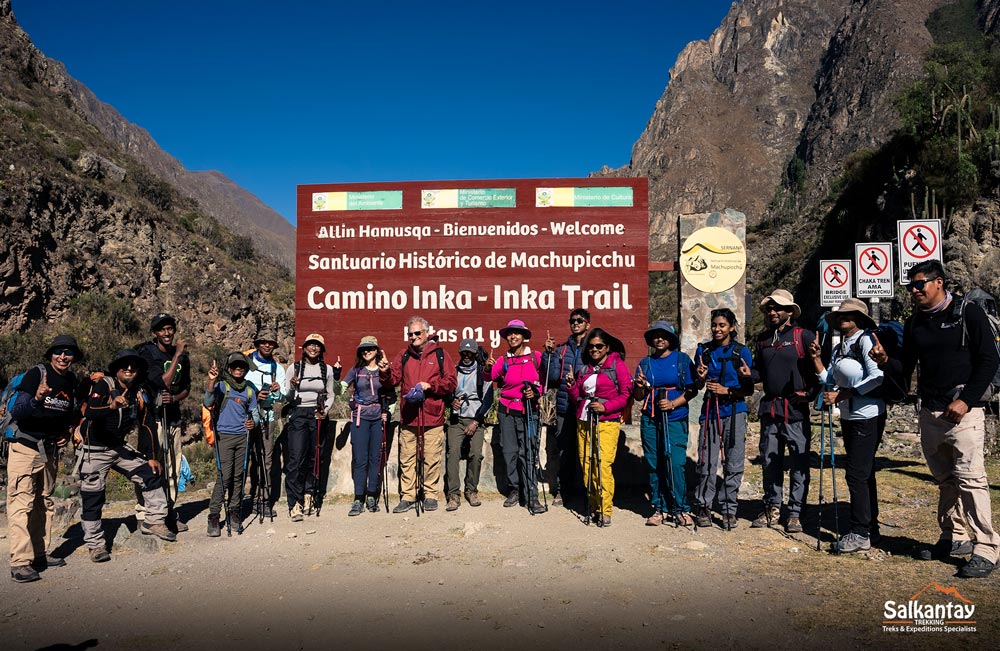
Inca Trail Peru: The Best Route to Reach Machu Picchu on Foot
The most renowned stretch within this intricate network of trails is referred to as the Inca Trail, and experts regard it as the best route for reaching the Historic Sanctuary of Machu Picchu on foot. The Inca Trail route has also earned the distinction of being the top hike in South America and one of the top 5 treks in the world. Each year, over 25,000 travelers traverse its 43 kilometers through stunning landscapes.
Journeying along the Inca Trail is an enchanting and overwhelming experience. Not only will you unravel the enigma of various archaeological sites, but you’ll also find time to connect deeply with nature. On this trail, you’ll encounter a diversity of altitudes, climates, and ecosystems; you’ll embark surrounded by majestic snow-clad mountains and culminate in the warm embrace of the tropical forest. Some suggest that this path was crafted as a conduit of purification for attaining access to the sacred city of Machu Picchu.
Our adventure shall commence in proximity to the quaint village of Piscacucho, situated at KM 82 of the railway that links Cusco with Quillabamba. From there, a span of 4 days will be taken to reach Machu Picchu, threading our way through the Sun Gate or Inti Punku.
Inca Trail Weather
The Inca Trail weather is generally mild throughout the year. However, there are rains from November to March, as well as dry weather from April to October.
The average annual minimum temperature varies between 8°C and 11.2°C (46°F and 52°F). Nevertheless, the temperature can drop below zero in June, July, and August (32°F). Conversely, the average annual maximum temperature ranges from 20.4°C to 26.6°C (69°F to 80°F).
The geography along the trail is extremely diverse. You’ll visit different ecological zones and undergo abrupt changes in vegetation and climate. You’ll walk accompanied by the immense snow-covered mountains of the Andes and then delve into the dense Amazon rainforest.
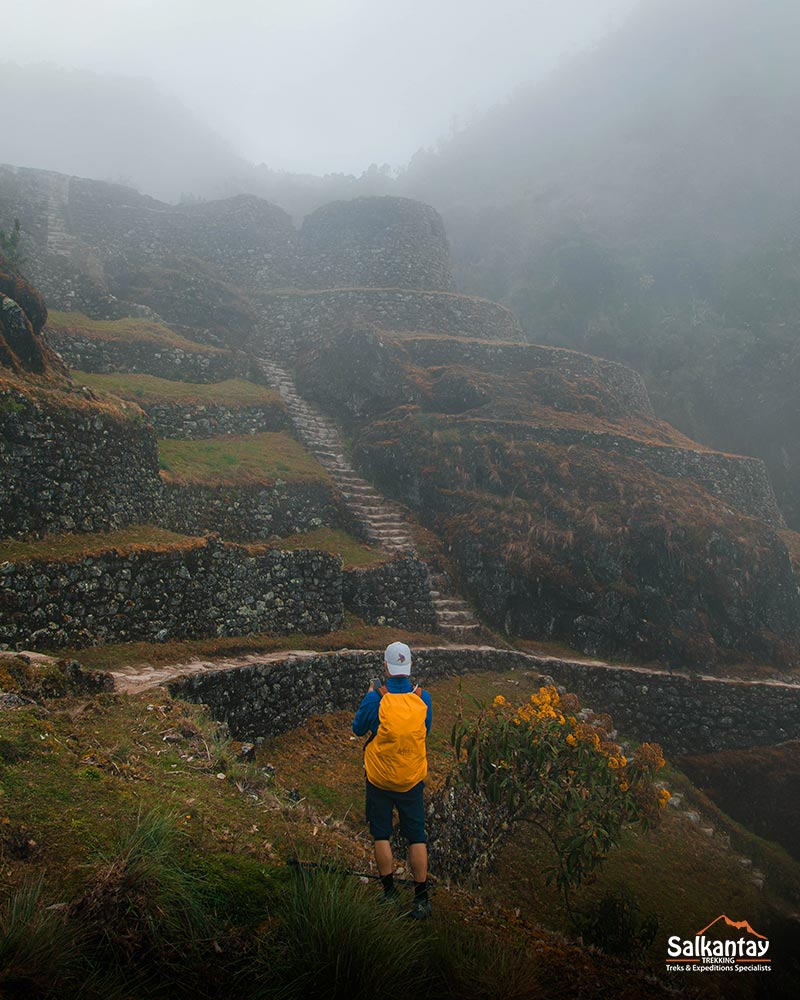
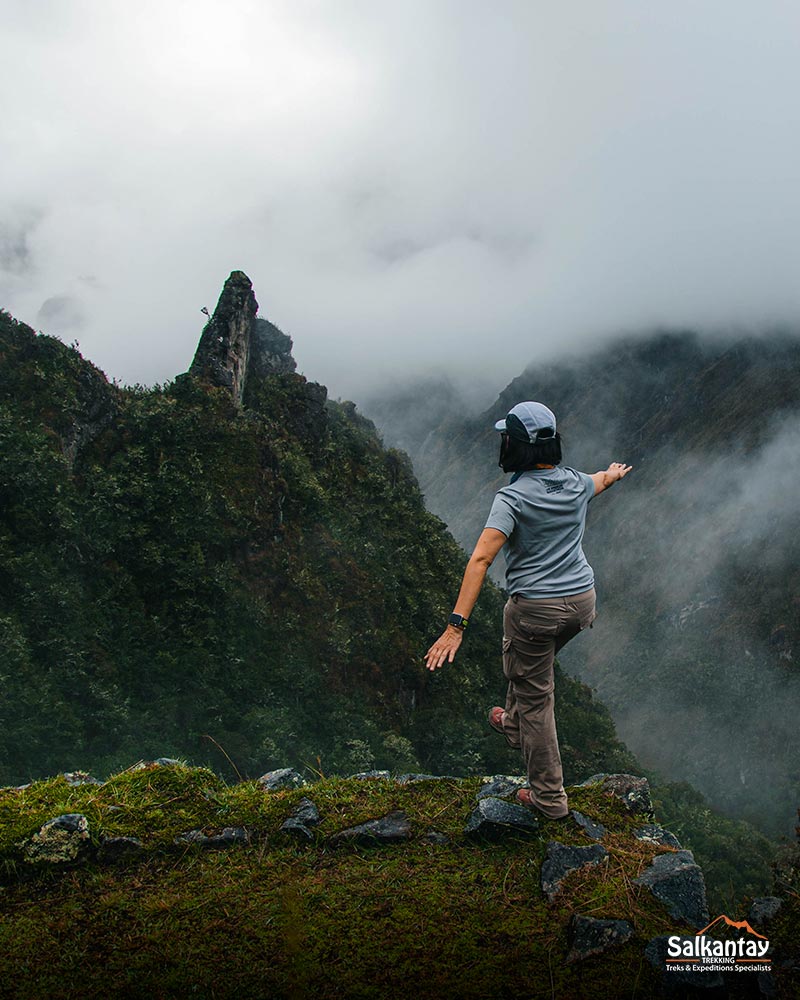
What attractions does the Inca Trail in Peru offer?
The Inca Trail hike is considered by many to be the premier hike throughout all of South America. Let yourself be captivated by its breathtaking landscapes as you draw closer and closer to one of the 7 New Wonders of the World: the Historic Sanctuary of Machu Picchu. Sometimes, the clouds will be so near that you’ll want to touch them with your hands.
Landscape of the Inca Trail to Machu Picchu
Along this journey that cuts through the majestic Andes, you’ll be awestruck by the grandeur of the towering mountains of the Urubamba Range, whose heights effortlessly surpass 5,000 meters (16,400 feet). Furthermore, you’ll have the chance to behold deep and fertile valleys. Unexpectedly, you’ll find yourself immersed in the very heart of the Amazon rainforest. Here, you’ll enter into contact with the enigmatic Cloud Forest, where mist and nature converge in a mystical embrace. Moreover, you’ll have the privilege of getting close to the intensely vibrant and colorful wildlife inhabiting this corner of the Earth.
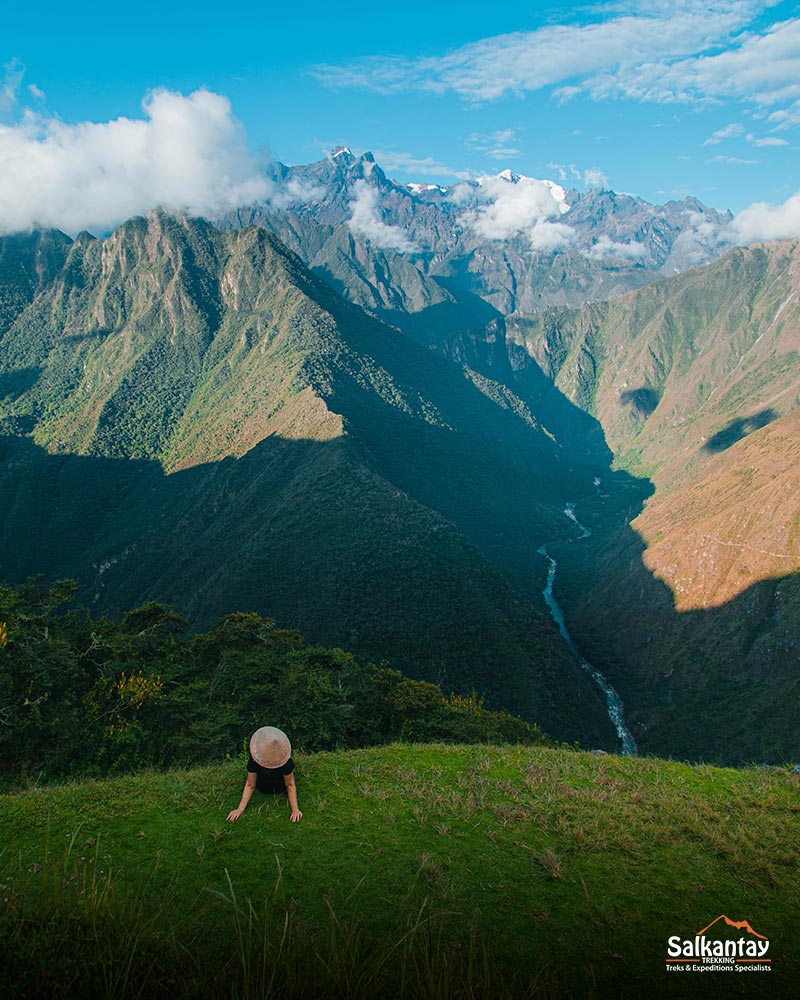
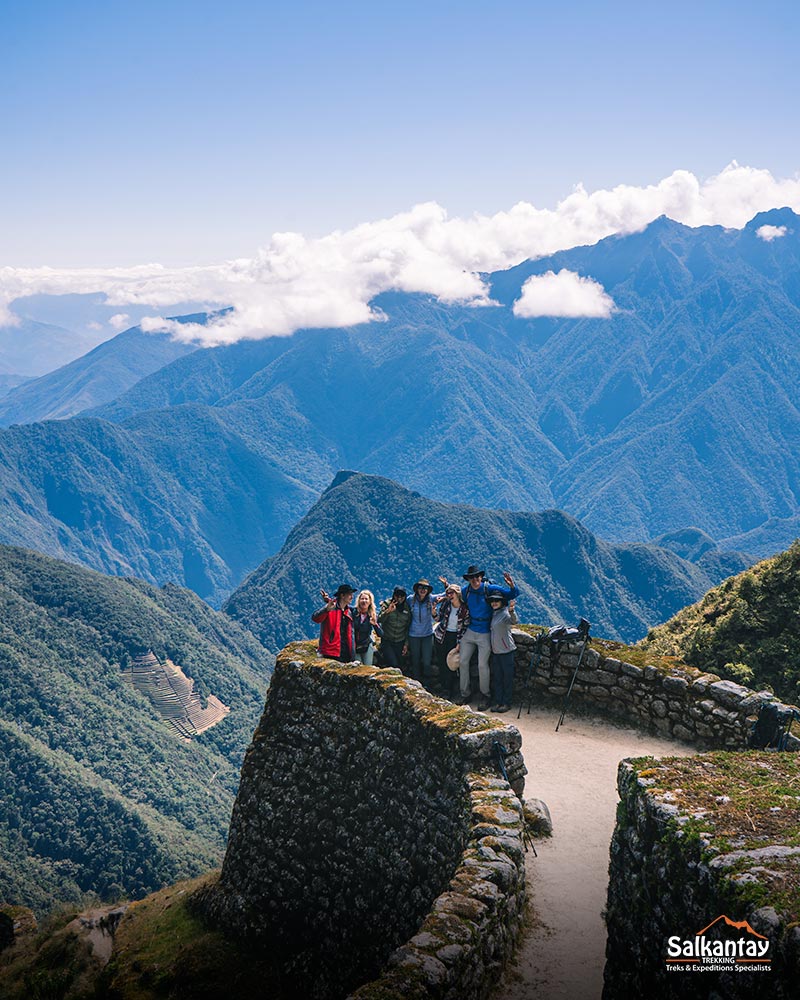
Inca Trail Fauna
The fauna on the Inca Trail is abundant and diverse. The Peruvian Government declared it a Conservation Zone due to various endangered species, such as the spectacled bear, the Andean cock-of-the-rock, and the dwarf deer. Pumas, Andean foxes, river otters, tarucas (Andean deer), lynxes, ferrets, hummingbirds, ducks, parrots, turkeys, yellow-billed ducks, snakes, lizards, frogs, and many other animal species coexist there. This rich diversity of wildlife makes the Inca Trail Peru ideal for visitors interested in observing or studying animals.
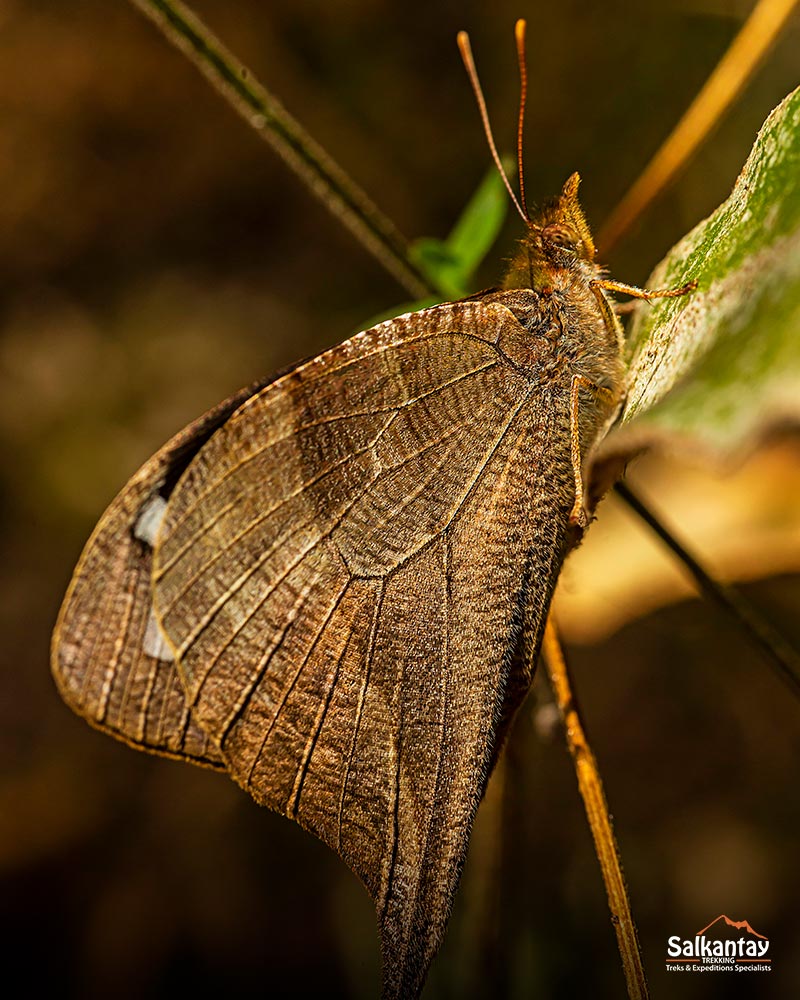
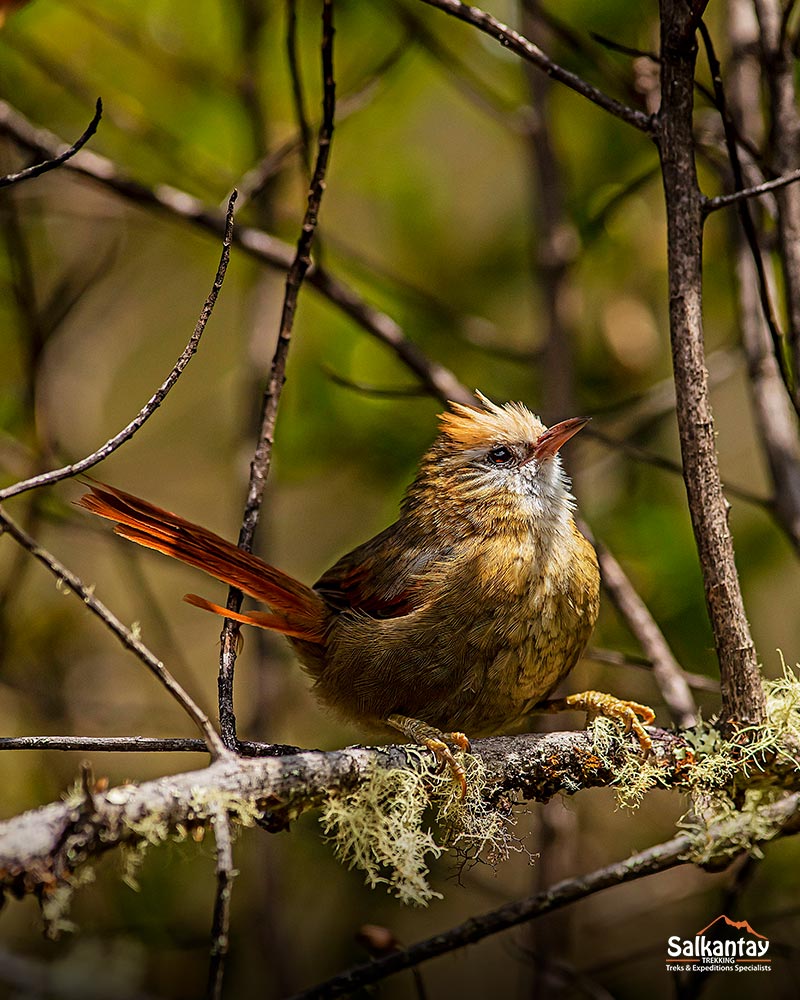
Inca Trail Flora
Since the Inca Trail crosses through ever-changing forests, the flora is equally varied and abundant as the fauna. You can spot different species of trees: cedar, romerillo, laurel, and basul (pisonay). The variety of orchids is also astonishing. Among the main species are: Choclo Choclo (Elleanthus capitatus), Waqanki (Masdevallia veitchiana), Wiñaywayna (Epidendrum secundum), Sobralia virginalis, Trichopilia frayans, and Odontoglossum, along with many others. You’ll also encounter other plant species, such as molle (Anacardiaceae), angel’s trumpets (Solanaceae), mountain yahuarchonka (Lytraceae), air clavelina (Tillandsia fendleri), and begonias (Begonia veitchii begoniaceae), among others.
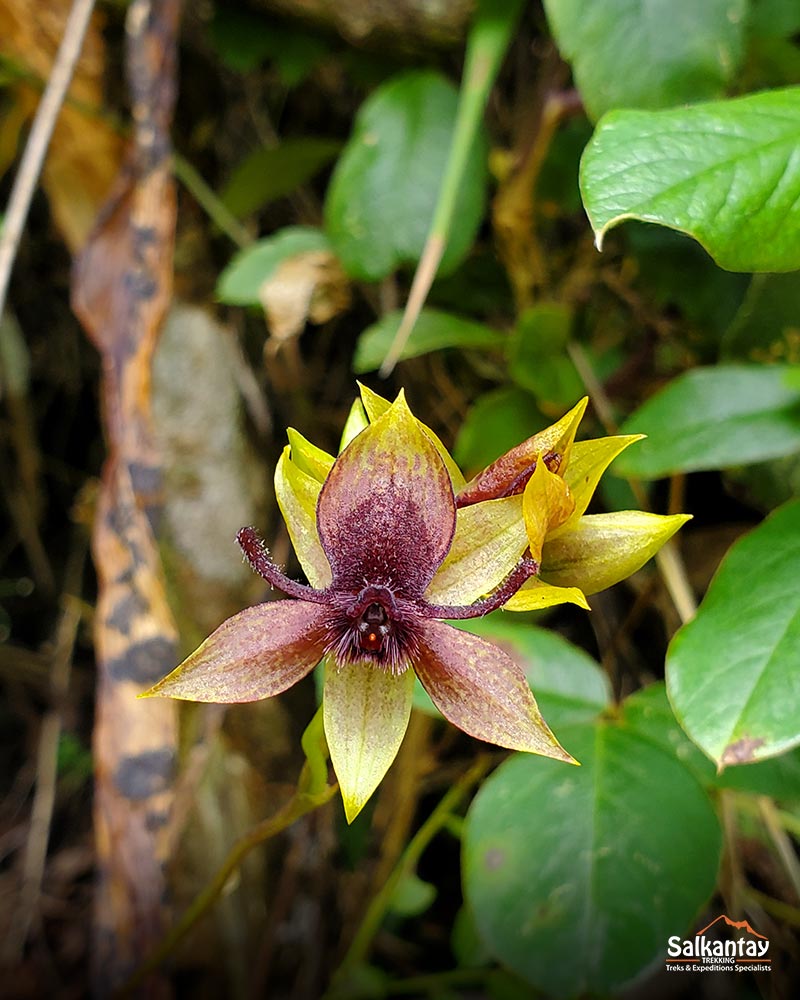
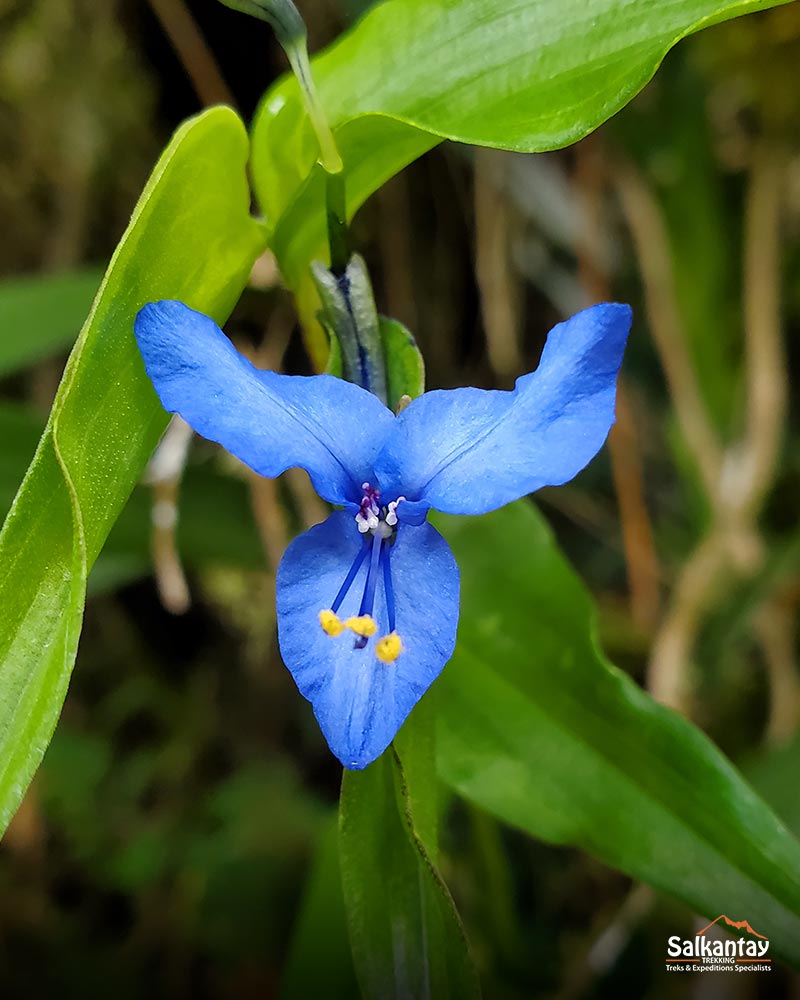
The Inca Trail and its Archaeological Sites
Undoubtedly, the Incas proved to be genuine masters of architecture. As you traverse dense forests and deep canyons, you’ll have the opportunity to explore several archaeological complexes along the Inca Trail. During this journey, you’ll witness meticulously constructed walls, ingenious canal systems, intricate staircases, historically significant plazas, enigmatic enclosures, terraced fields that defy the topography, and bridges that connect worlds.
Stand-out locations within this array of archaeological sites include iconic places like Llactapata, Runkurakay, and Phuyupatamarca. Of course, the ultimate spotlight shines on the magnificent citadel of Machu Picchu, the pièce de résistance of this trail.
Throughout the Inca Trail, hikers have the chance to explore various breathtaking archaeological sites that provide a fascinating glimpse into the history and culture of the region. Some of the most prominent archaeological sites visited during the Inca Trail include:
- Piscacucho (km 82): The official starting point of the Inca Trail, near Ollantaytambo. Here, travelers can encounter some archaeological remnants before embarking on the hike.
- Llactapata: Approximately 10 km from Piscacucho. Llactapata is an archaeological site offering a panoramic view of Machu Picchu in the distance.
- Runkurakay: A small circular structure that likely served as a checkpoint along the Inca Trail.
- Sayacmarca: A well-preserved citadel that provides a panoramic view of the surrounding valley.
- Phuyupatamarca: An archaeological complex located at an elevated spot called “The City in the Clouds.” It offers spectacular views and is one of the most awe-inspiring parts of the journey.
- Wiñay Wayna: Wiñay Wayna is a complex of agricultural terraces and structures, renowned for its beauty and its name, which means “Forever Young” in Quechua.
- Inti Punku (Sun Gate): Not only is it a viewpoint with panoramic vistas of Machu Picchu, but it also holds historical significance as the main entrance to the site.
- Machu Picchu: The final and most iconic destination of the Inca Trail. Machu Picchu is an incredibly well-preserved Inca citadel globally recognized as one of the world’s wonders.
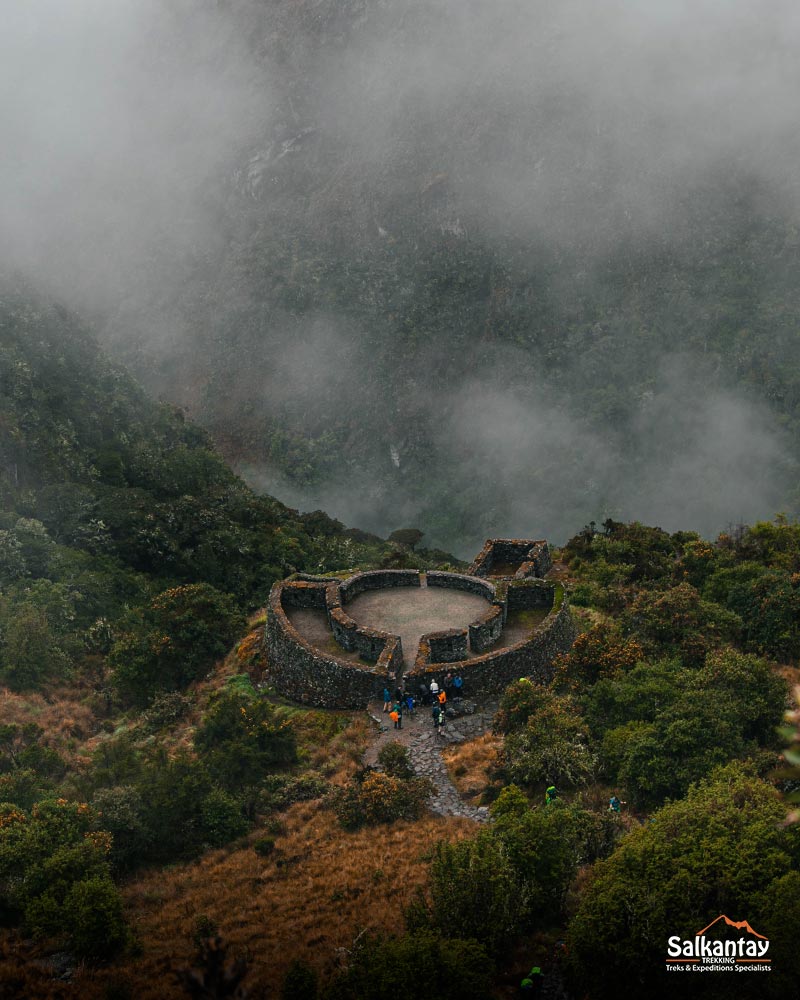
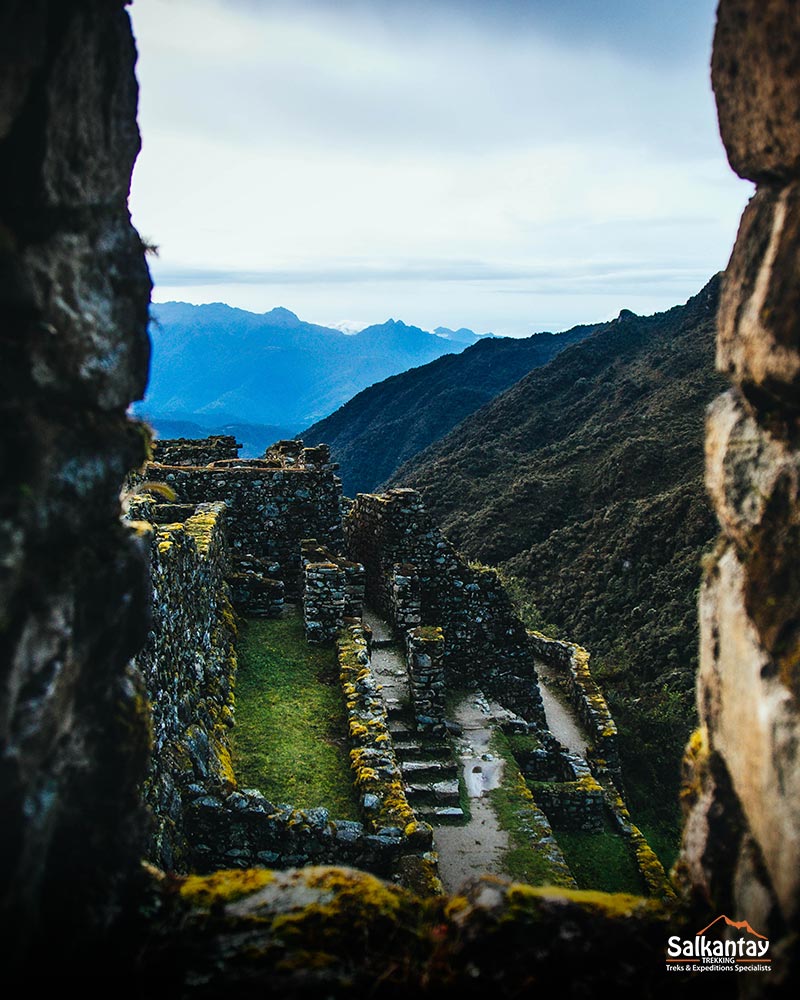
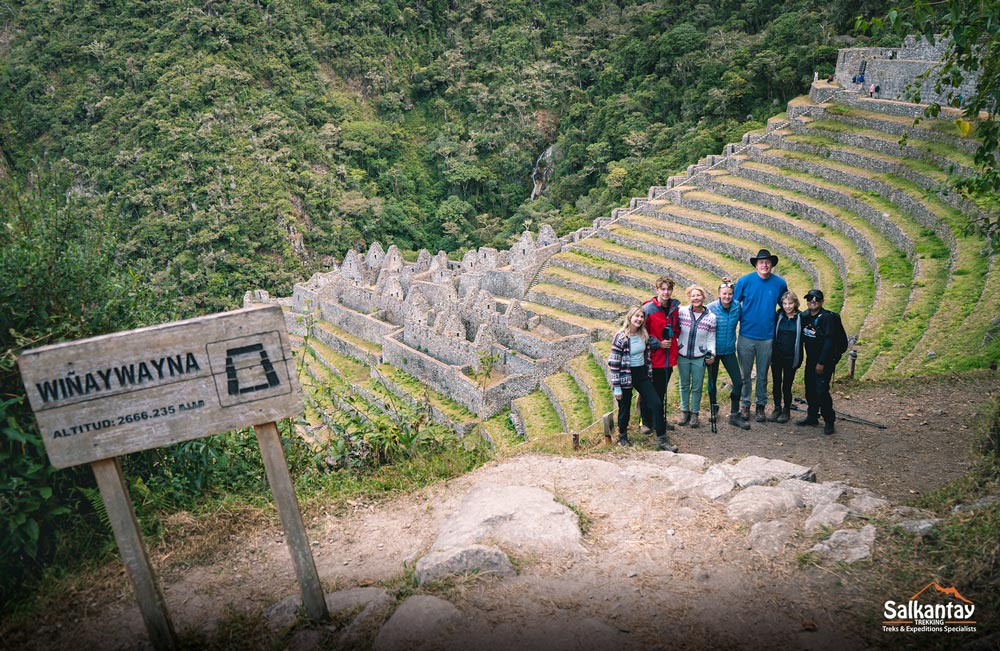
What is the Best Time to Hike the Inca Trail?
Firstly, you should know this: To protect the Qhapaq Ñan trail network and due to the high demand for the route, the Peruvian Government has LIMITED daily access to 500 people. Out of this total, only 200 are tourists. The rest are made up of tourism workers like guides, chefs, and porters.
To secure your spot for this hike, we recommend making your reservation well in advance:
- 3 months ahead if you want to book between October and January.
- 6 months (or more) if you want to book between March and September.
March to September is the most popular since it doesn’t rain. While this timeframe offers the advantage of hiking without dealing with mud, it’s important to note that the heat can be overwhelming during these months. During this time, the trail is always bustling with tourists, but the crowds can become uncomfortable between May and August.
On the other hand, from October to January, the trail is less crowded due to the rainy season. During these months, there are many refreshing days. Remember that you might get wet a couple of times during your hike; however, you’ll be able to enjoy a deep and serene connection with nature.
Inca Trail Meals
Food during the Inca Trail tends to be a rewarding and flavorful experience. At Salkantay Trekking, we strive to provide hikers with various nutritious and delicious dishes to sustain energy during the trek. Undoubtedly, there won’t be room for hunger when you embark on the journey with Salkantay Trekking on the Inca Trail.
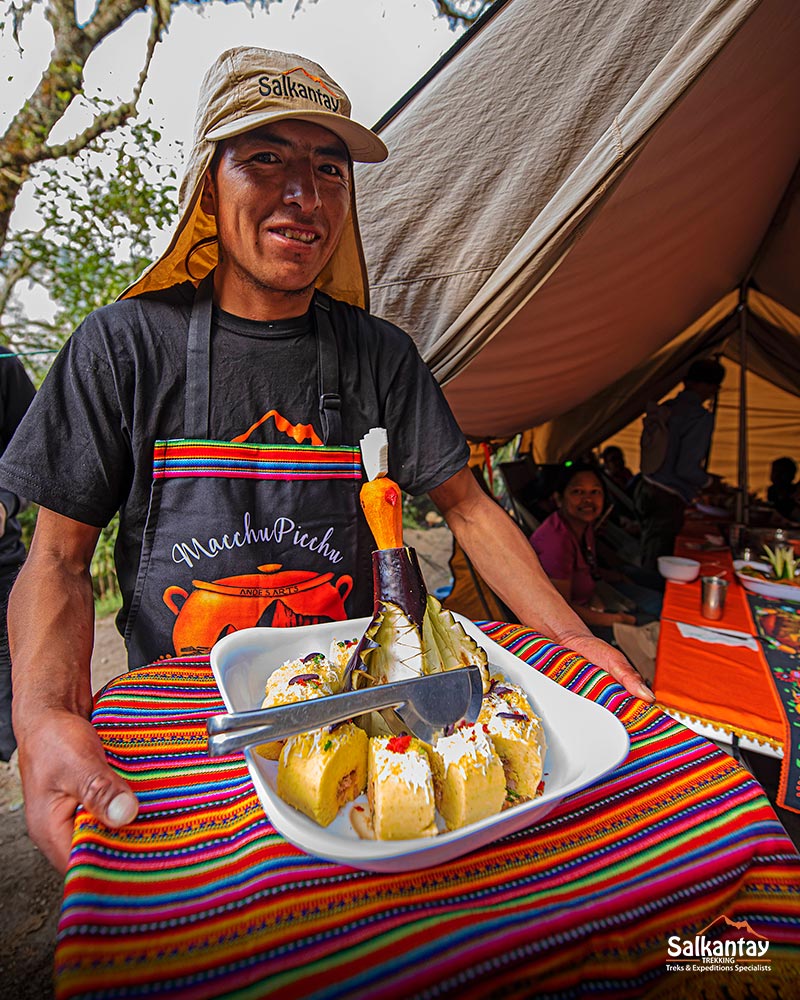
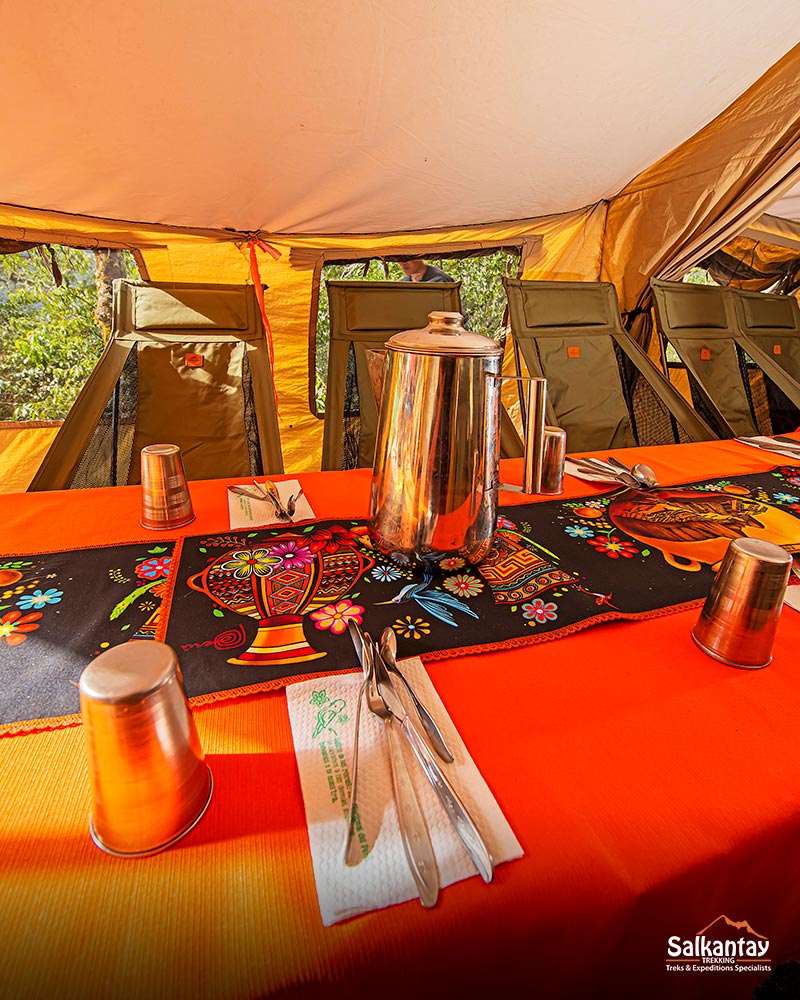
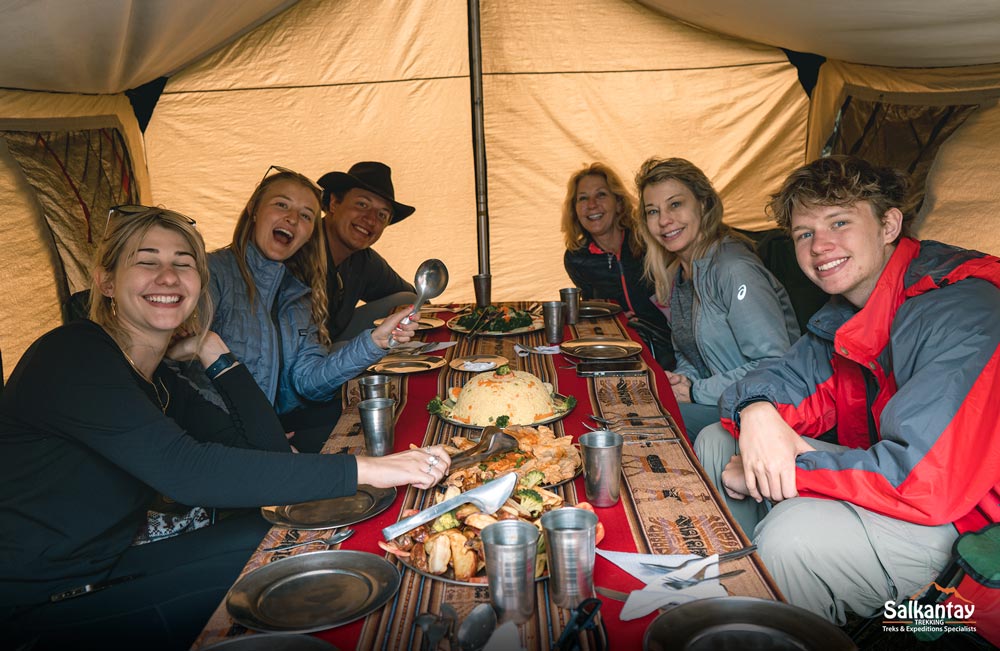
What Security Measures are enforced on the Inca Trail?
Every person who goes onto the Inca Trail should use authorized routes and follow general rules provided by the authorities.
Security, control, and vigilance on the Inca Trail
According to the Regulations of Touristic Use of the Network of Inca Trails of the Historic Sanctuary of Machu Picchu, the following entrance, control, and user registration points exist:
- Km 82
- Km 88 – Wiñayhuayna
- Km 104 – Santuario Histórico de Machu Picchu
- Km 122 – Intihuatana
- Huayllabamba – Pacaymayu
- Santa Teresa
Entrance in these authorized places is only available between 5:30 AM and 2:00 PM. You cannot do any trekking from 6:00 PM to 5:30 AM.
Identification of trekkers is obligatory. Because of this, you should carry your original, current ID documents. In the vigilance points, every person’s entrance will be registered. This registration is the responsibility of SERNANP and the Ministry of Culture.
Park rangers and guards are in charge of control and security along the entire Inca Trail. Their main functions are to care for Peru’s natural and cultural heritage and prevent any incident that threatens the trekker’s safety.
Park rangers are authorized to intervene in case of any situation that threatens the order and safety of those using the Inca Trail to Machu Picchu. They’re also authorized to check your bags and confiscate any unauthorized products.
In case of any type of incident, park rangers and guards have the authority to file a record of the offense. They can also make an official complaint to the National Peruvian Police.
*The Inca Trail to Machu Picchu is a safe, protected place, and it guarantees the same peace of mind afforded by the regulations of Peru as a whole.
Inca Trail Regulations
Remember that there are regulations for all travelers who use the Inca Trail to Machu Picchu. Different entities of the Peruvian state (DIRCETUR, Ministry of Culture, and SERNANP) are responsible for this regulation. This step’s main objective is to conserve this area’s cultural and natural heritage. Controlling touristic use decreases the impact caused by visitors and ensures their safety.
These regulations indicate the following:
- Pay the entrance ticket to the Inca Trail.
- Don’t leave garbage behind.
- Don’t have bonfires.
- Conserve public facilities.
- Don’t take, pick or buy any species of flora or fauna.
- Camp only in authorized sites. Camping in archeological sites or restricted areas is strictly forbidden.
- Maintain good behavior in order not to disturb other hikers.
- You can only hike the Inca Trail in organized groups led by an official tour guide with authorization to work this route. It’s also necessary that each group have certified support staff.
- Groups should have a maximum of 45 people, including support staff: guides, porters, and chefs.
- Travel agencies that operate on the Inca Trail should be authorized and accredited by DIRCETUR and the technical management of Machu Picchu.
- The Inca Trail closes for maintenance and security during February.
- The following are the authorized routes:
- Route 1: From Km 82 (3 nights)
- Route 2: From Km 88 (3 nights)
- Route 3: Salkantay-Huayllabamba (3 nights)
- Route 4: Km 82-Piscacucho (3 nights)
- Route 5: Km 104-Chachabamba
- Route 6: Salkantay-Km 88 (1 night, does not include Machu Picchu)
- Staying on the trail longer than the indicated time is prohibited.
- Trekkers will be registered in different vigilance points. For this reason, they must carry original, current personal documents.
- Carrying firearms, bows, arrows, axes, machetes, mountain knives, nets, cages, traps, kerosene, gasoline, drugs, sound equipment, domestic animals, pickaxes, shovels, or wooden canes is strictly forbidden.
- It’s strictly forbidden to hike between 6:00 PM and 5:30 AM.
- Park rangers will permanently guard the Inca Trail. The National Police support them.
- All trekkers should fill out entrance forms, where the following information will be obtained: personal data, route type, entrance date, travel agency, and declaration of solid waste to be produced.
- To manage trash, agencies should carry red and green bags, which will be taken care of at the end of the trail.
- Punishment for failure to adhere to these regulations is the responsibility of SERNANP and the Ministry of Culture.
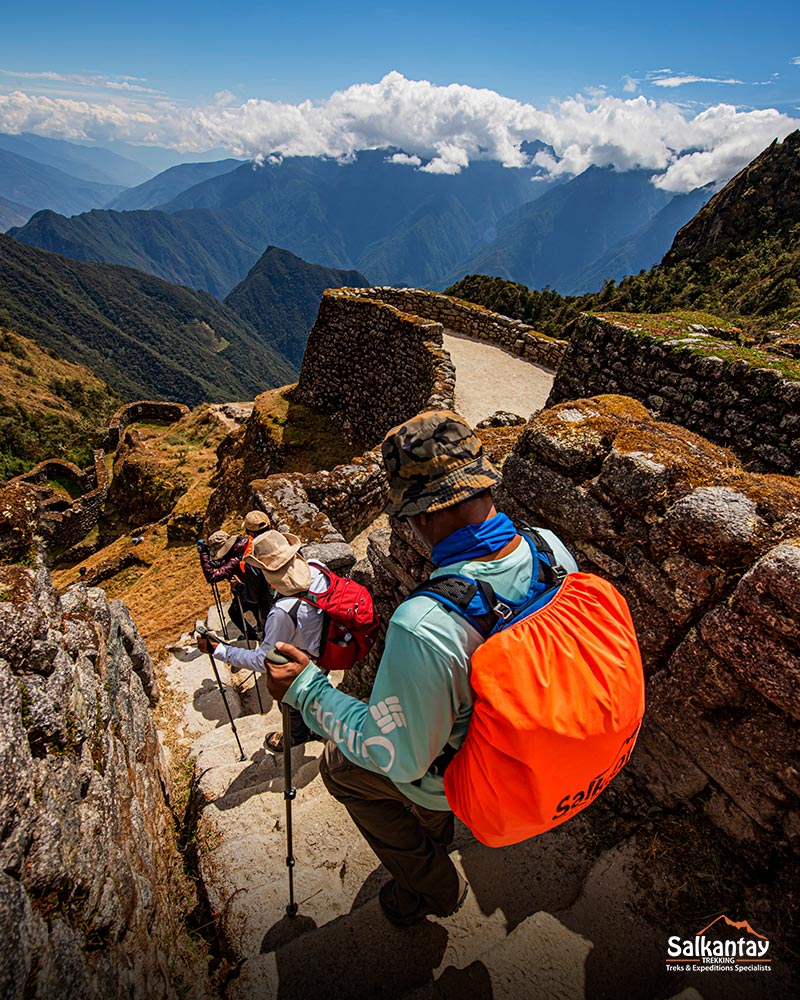
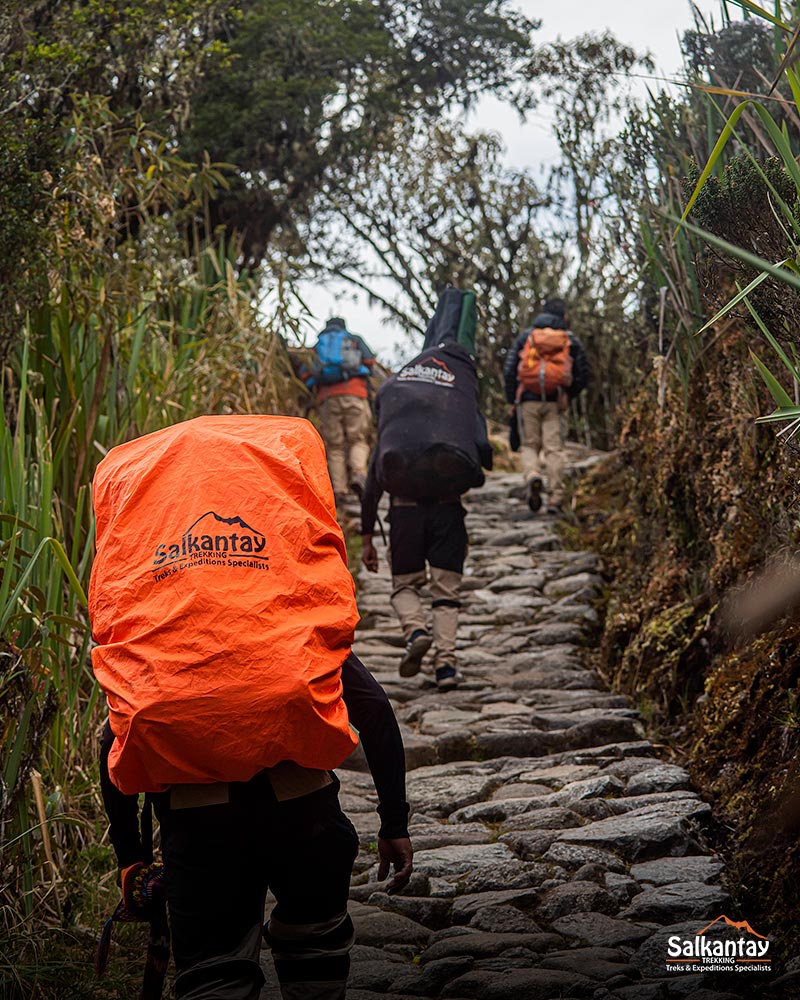
If you fail to comply with these rules, the police and park rangers can intervene and punish you. Respect the rules, and you’ll avoid unpleasant situations.
Don’t forget:
- Salkantay Trekking offers 2 options for this route: 2-day Inca Trail Short or 4-day Inca Trail Classic.
- Plan your trip in advance. Reserve your entrance ticket for the Inca Trail at least 6 months beforehand.
- The demand for this route is extremely high. Don’t forget that only 200 tourists are allowed to enter the Inca Trail per day.
View of Machu Picchu from Inti Punku or Sun Gate
The Machu Picchu view from Sun Gate (Inti Punku) is truly awe-inspiring and rewarding; it’s an incredible payoff for those who have completed the strenuous yet exhilarating Inca Trail hike. The combination of Machu Picchu’s majesty, the surrounding mountains, the history, and the natural beauty of Cusco Peru creates a visual experience that will surely be etched in your memory.
From Inti Punku, you’ll behold a spectacular panoramic view of the Inca citadel of Machu Picchu. Moreover, you’ll appreciate the layout of the buildings, terraces, plazas, and temples that constitute this iconic archaeological site.
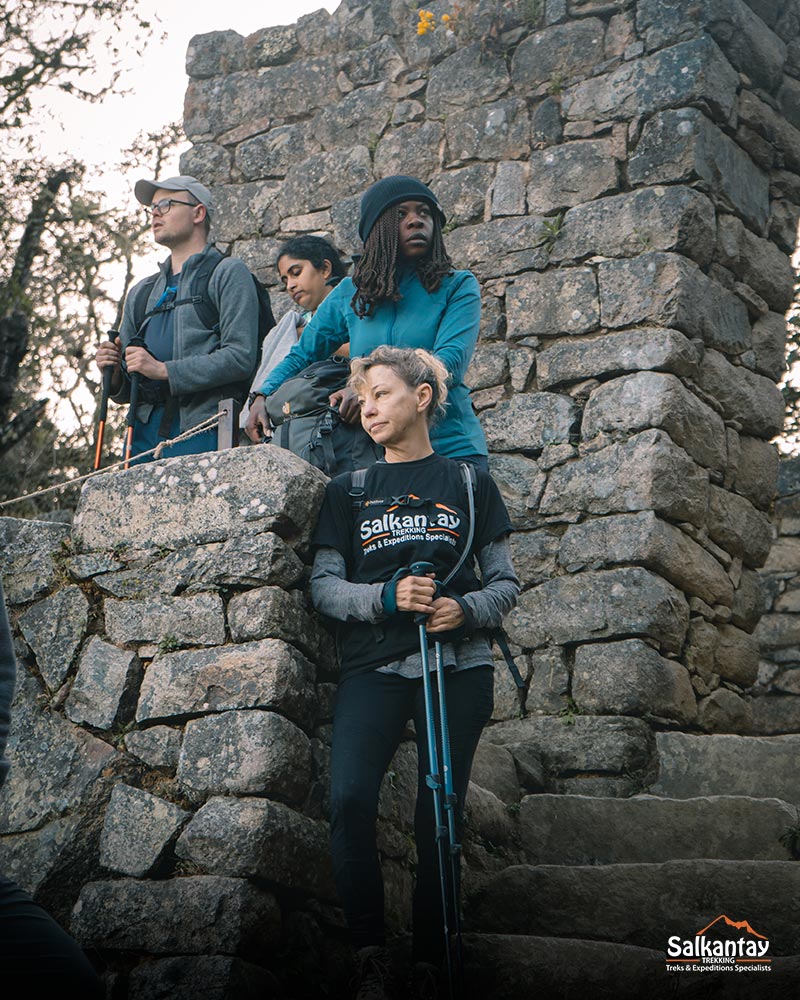
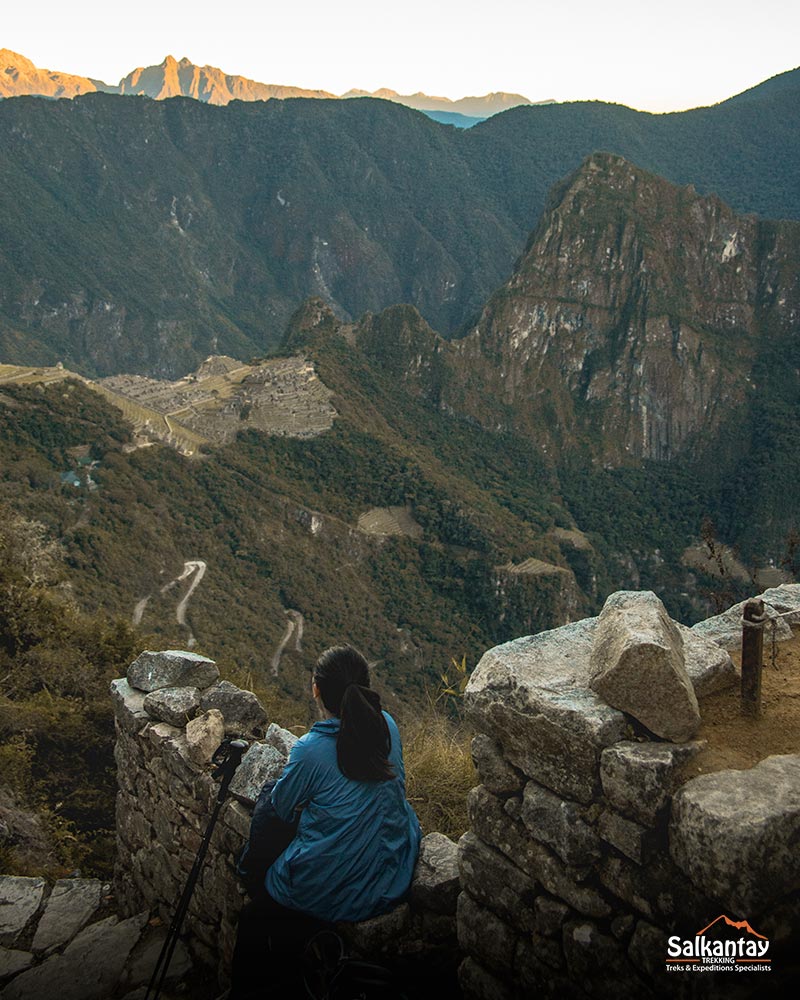
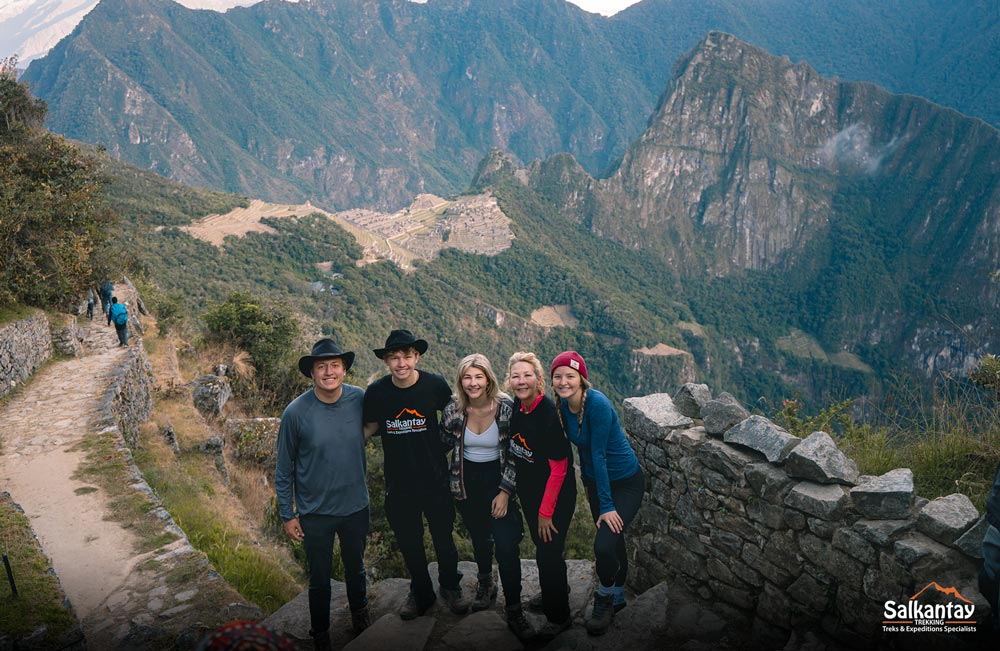
Preparations for the Inca Trail: What to Bring?
When embarking on the extensive journey of the Inca Trail, it’s essential to equip yourself appropriately. Make sure to bring trekking shoes, preferably ones you’ve worn before and with waterproof properties to navigate the terrain. Remember to include sunglasses, caps, or hats to shield yourself from the sun and warm clothing and windbreakers to tackle the changing weather. A hiking backpack will be your ally in carrying your belongings comfortably. Pay attention to the essential sunscreen, as you’ll be exposed to solar radiation for hours.
*You can learn more about the Inca Trail packing list.
The Ultimate Summit of the Inca Trail to Machu Picchu: Warmiwañusca
Warmiwañusca or Dead Woman’s Pass, at 4,215 meters (13,828 ft) above sea level, is the most challenging point of the Inca Trail, marking the pinnacle of the journey. Its altitude surpasses Machu Picchu by 1,800 meters (5,905 ft), symbolizing a significant achievement. This stretch is weather-sensitive and represents the highest point of the Inca Trail. Its spectacular view makes it highly anticipated by adventurers.
For many, Warmiwañusca or Dead Woman’s Pass is a key milestone in the journey. According to accounts from porters and experts from Cusco, this defining moment signifies speed and effort toward the ultimate destination.
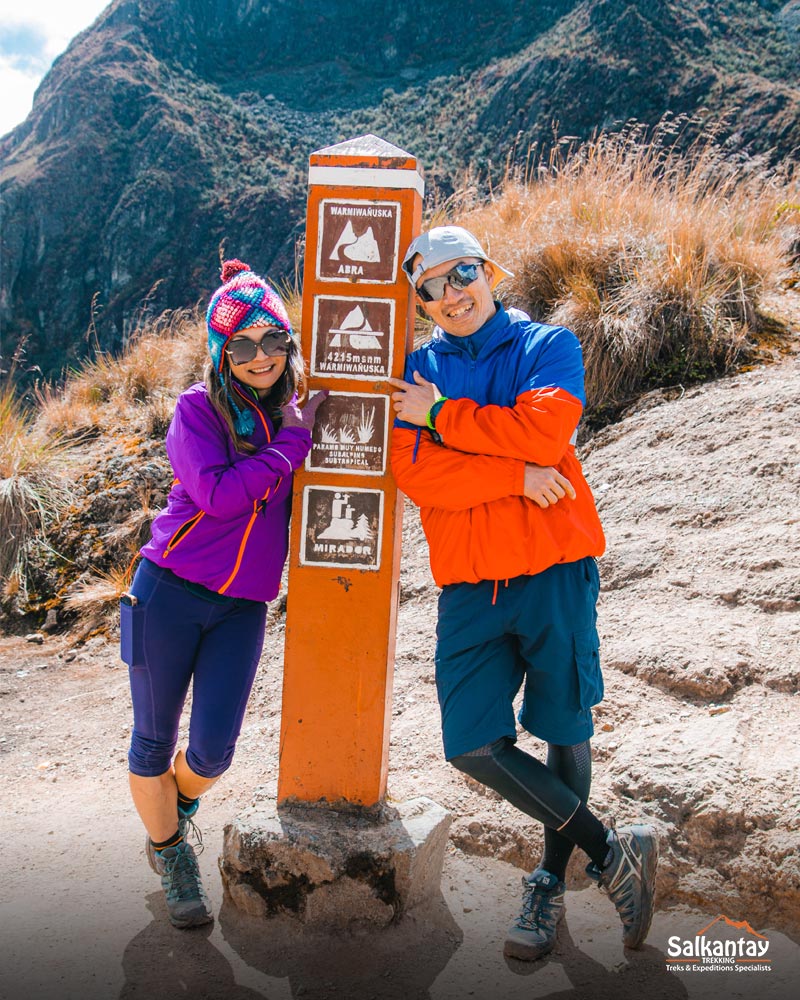
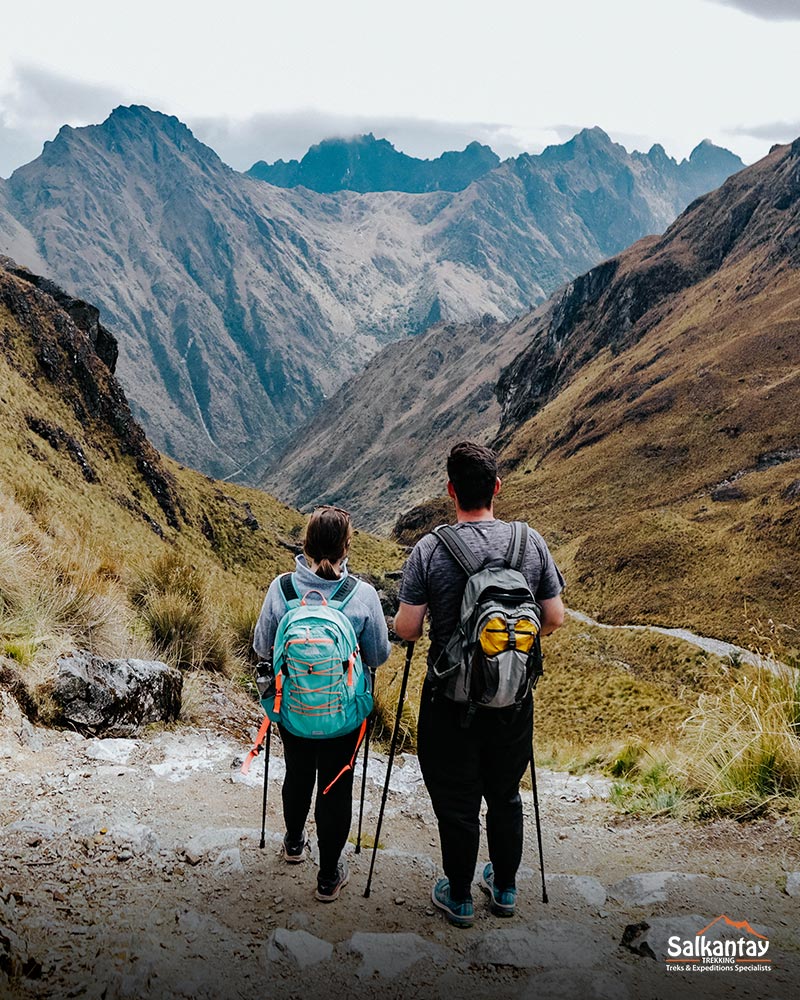
Read more // The Dead Woman’s Pass in Cusco, Peru
Huayna Picchu: An Exclusive Permit Beyond the Inca Trail
Rising majestically just behind Machu Picchu, the Huayna Picchu mountain stands as the highest peak. Its summit unfolds a unique perspective of the Inca wonder, offering an unparalleled view. While most visitors to the complex don’t venture to ascend the 300 meters to the top, those who wish to do so will need to obtain a special permit, which is highly limited: only 200 people in the morning and another 200 in the afternoon are granted access.
Although it might seem daring to embark on this climb after having journeyed for 4 days to get here, this experience is highly enriching. At the summit awaits the opportunity to behold the Temple of the Moon, admire ancestral dwellings and cultivation terraces, and revel in a panoramic view of the citadel that will leave an indelible mark on your memory.
Rainy Season on the Inca Trail
Between December and March in the Cusco district, rainfall increases, raising the river levels and turning them murky. During this period, the landscape is painted intensely green, and white corn is harvested in the Sacred Valley of the Incas. The rainy season raises the level of the Urubamba River, saturating the terrain and increasing the risk of landslides, exacerbated by deforestation.
The Peruvian National Meteorology and Hydrology Service (SENAMHI) indicates that the rains in Machu Picchu bring an average humidity of 91% in February. Accompanied by thunder, the rains can last the day, leading to overcast and chilly days. The Inca Trail is closed in February for maintenance and safety. Despite these conditions, tourist activities continue with precautions.
For this reason, we recommend staying informed about the weather in Cusco, finding out the best time to visit Machu Picchu, carrying waterproof clothing and slip-resistant footwear, and being prepared for possible disruptions in flights and trains. The key is to maintain a positive attitude and enjoy the journey.
Where to Capture the Best Photos During the Inca Trail to Machu Picchu?
The Inca Trail Peru is one of the world’s most famous and picturesque hiking routes, offering plenty of opportunities to take stunning photographs. Here are some places along the trail where you might capture some of the best shots:
Kilometer 82: The official starting point of the Inca Trail, here you could capture the excitement and anticipation of hikers as they gear up to begin the trek.
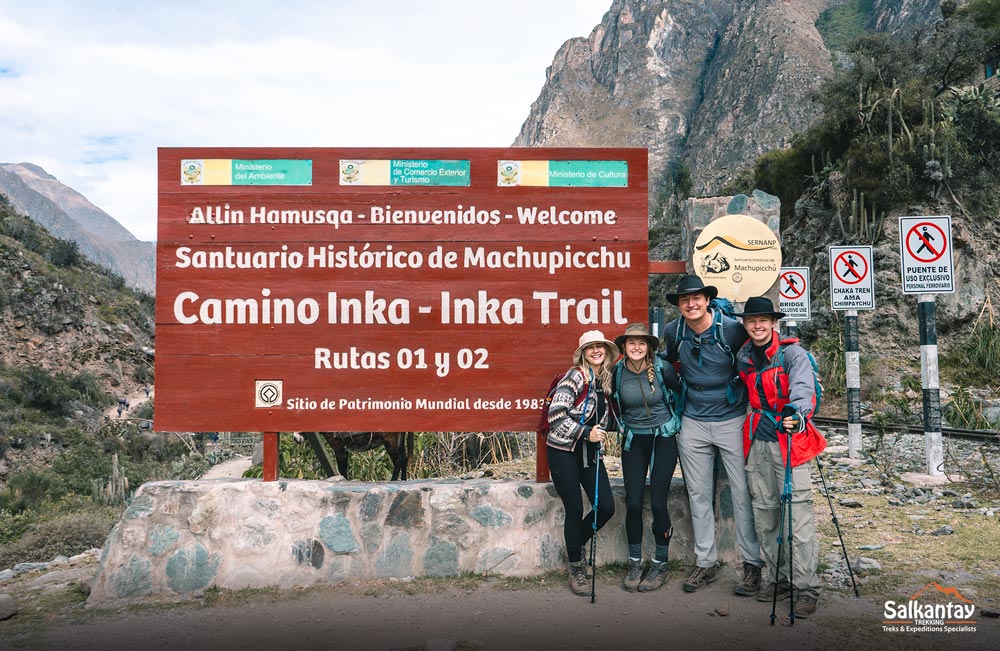
Llactapata: This is an archaeological site you’ll encounter during the second day of the hike. It offers panoramic views of the Inca terraces and the surrounding mountains.
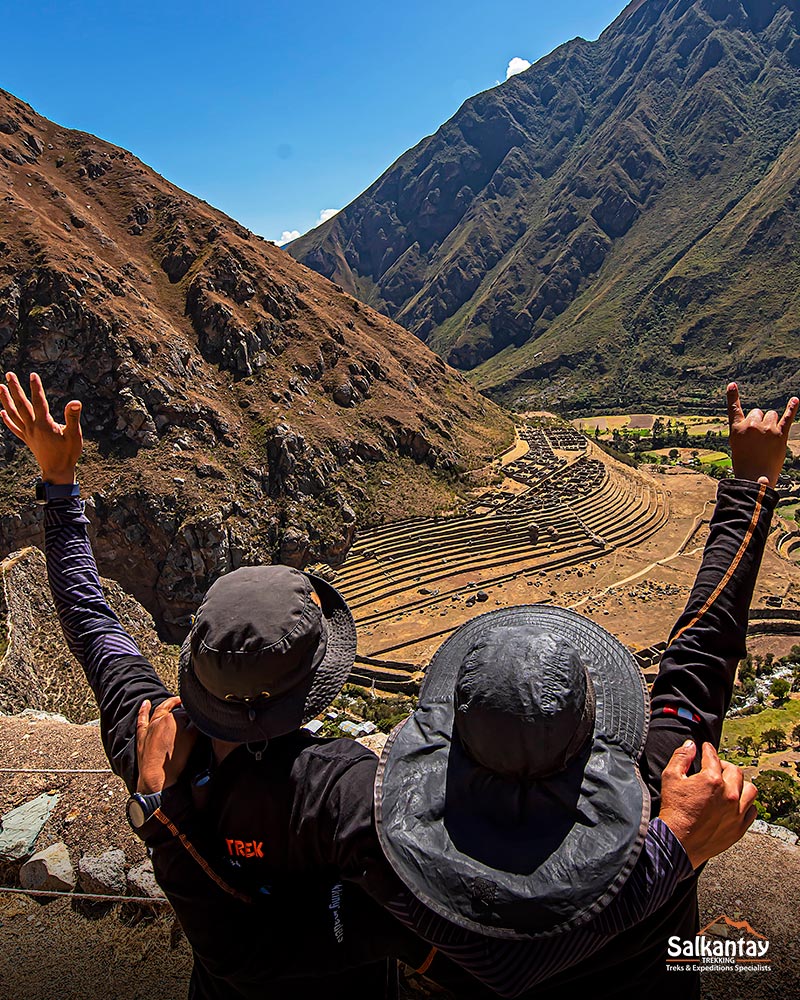
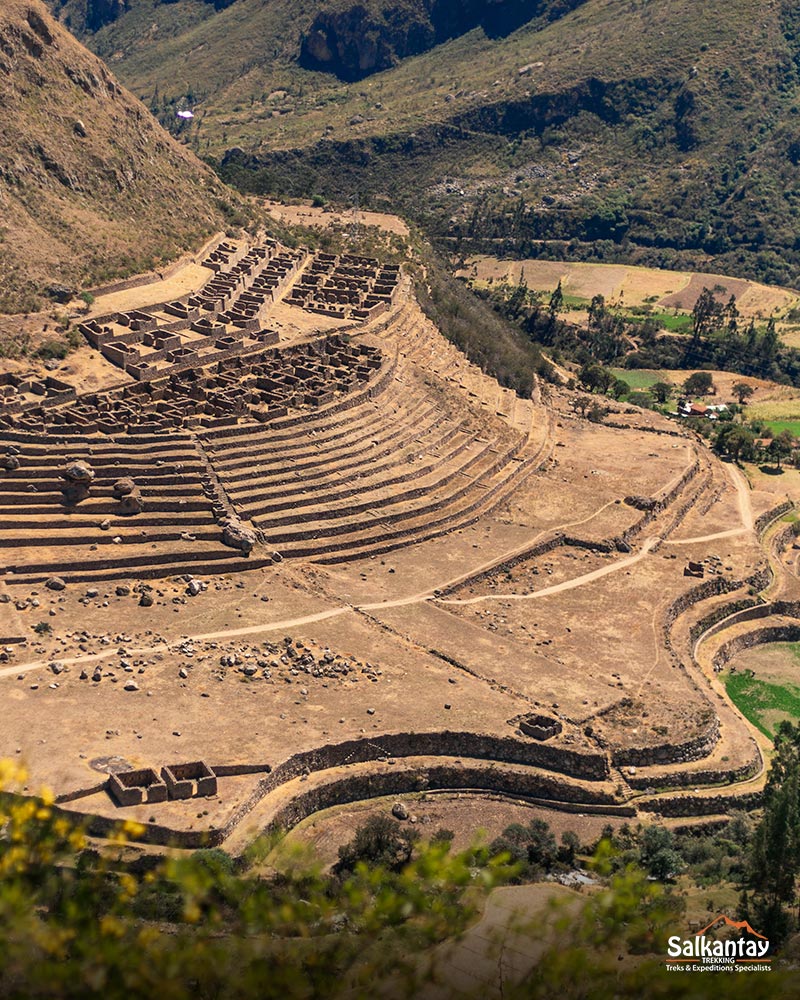
Runkuraqay: A mountain pass with a small tambo (rest stop) and a spectacular view. From here, you can photograph the beauty of the landscape and the winding trail.
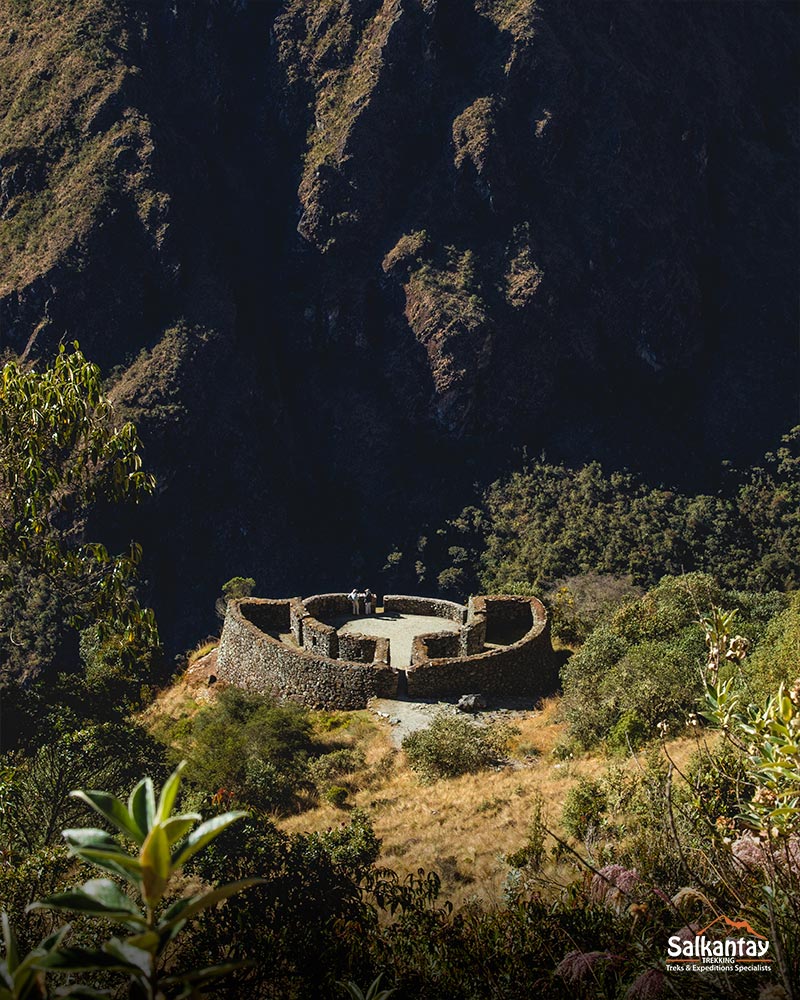
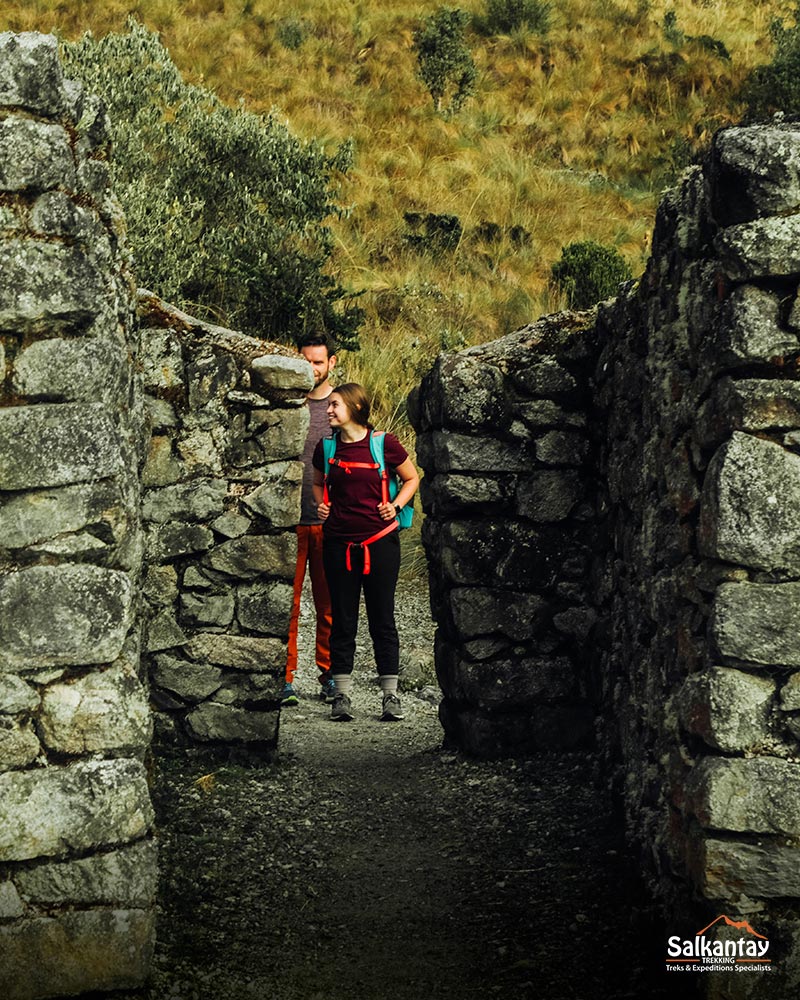
Phuyupatamarca: Also known as “The Town above the Clouds,” this is a perfect spot to capture photos of Inca ruins in a breathtaking setting.
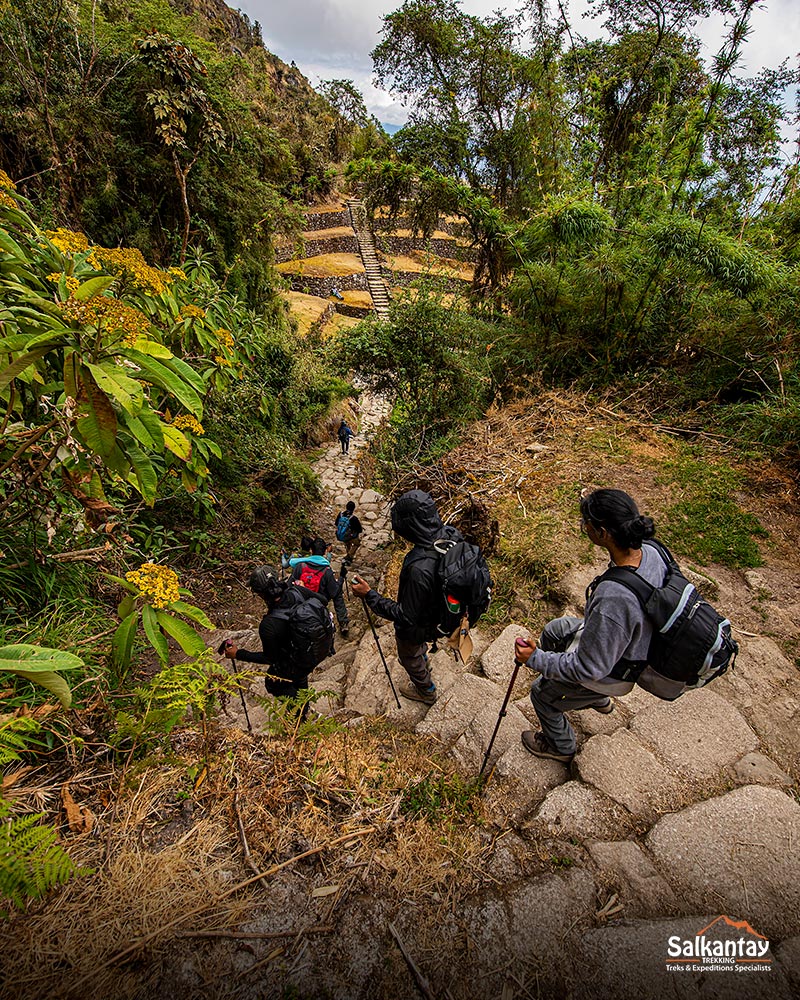
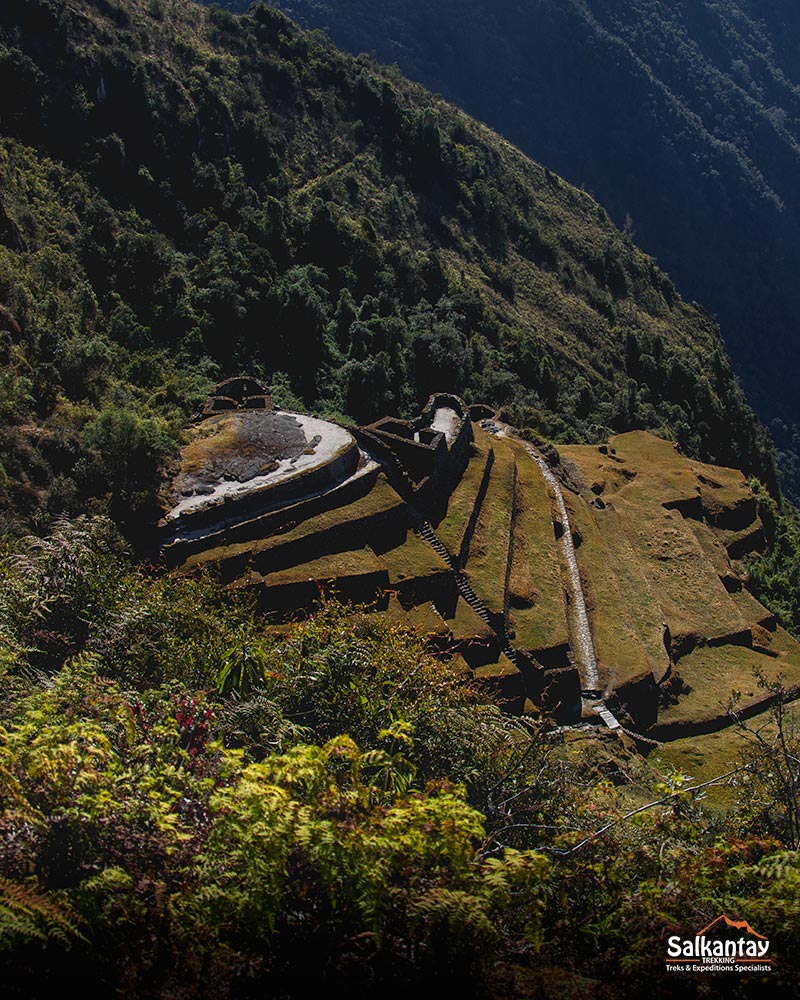
Inti Punku (Sun Gate): The entrance to Machu Picchu from the Inca Trail. You’ll get a classic and iconic view of Machu Picchu in the distance from here.
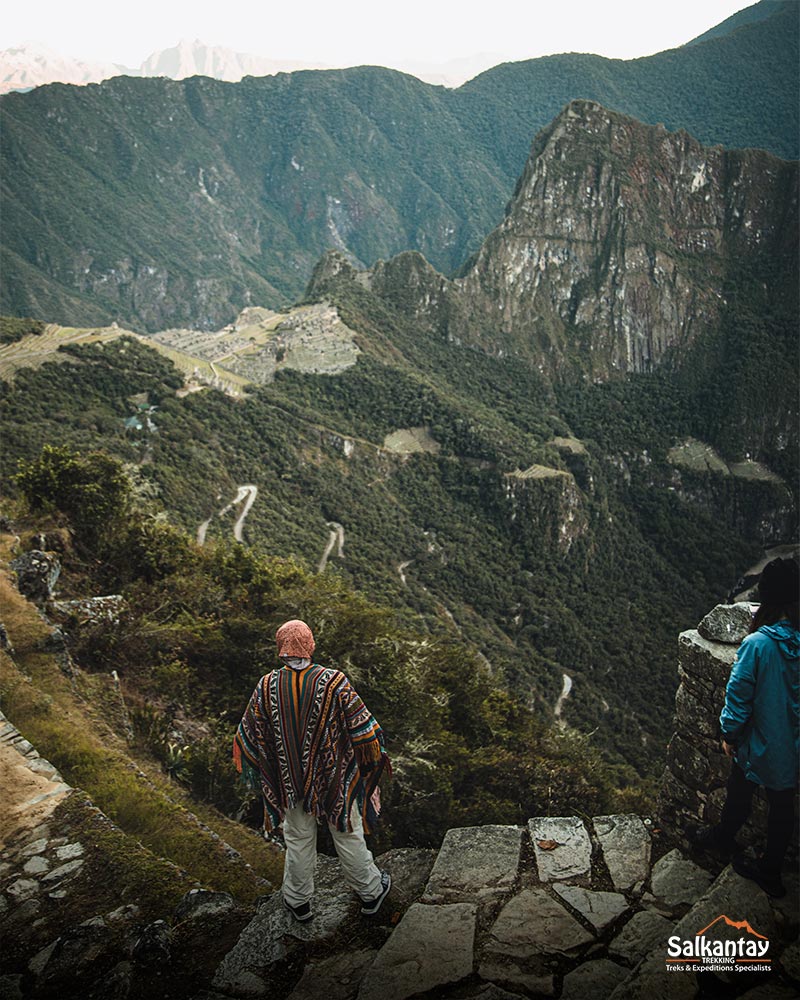
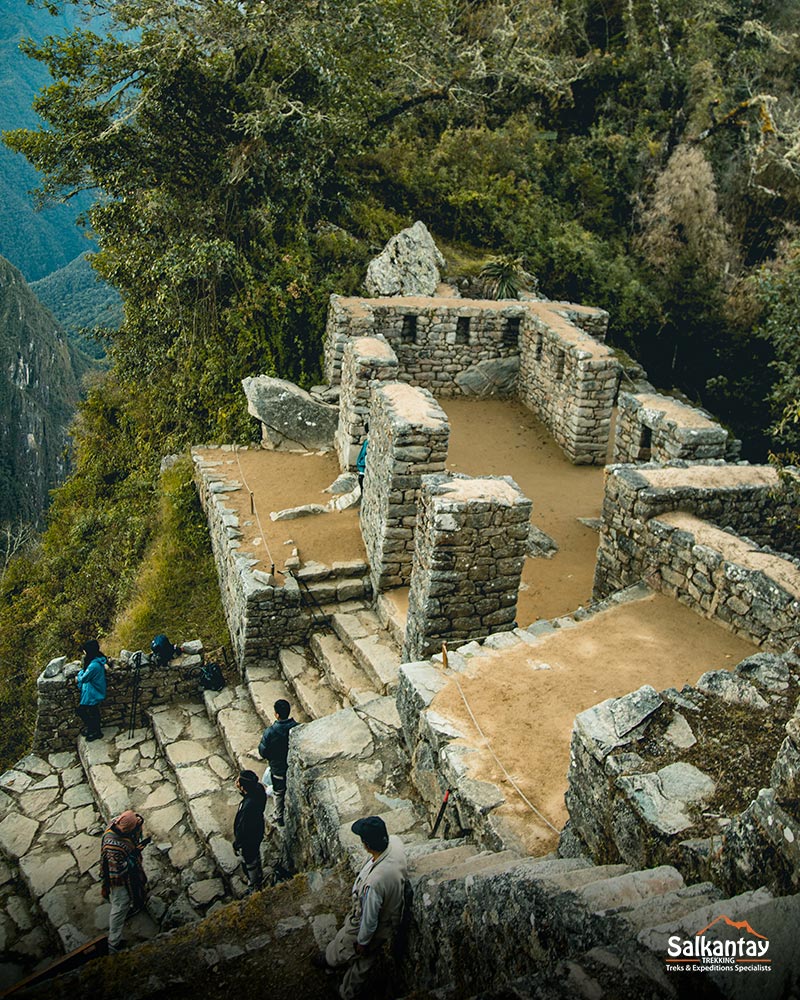
Machu Picchu: Of course, the final destination itself offers countless photographic opportunities. Capture the majesty of the citadel, architectural details, and panoramic views from various points.
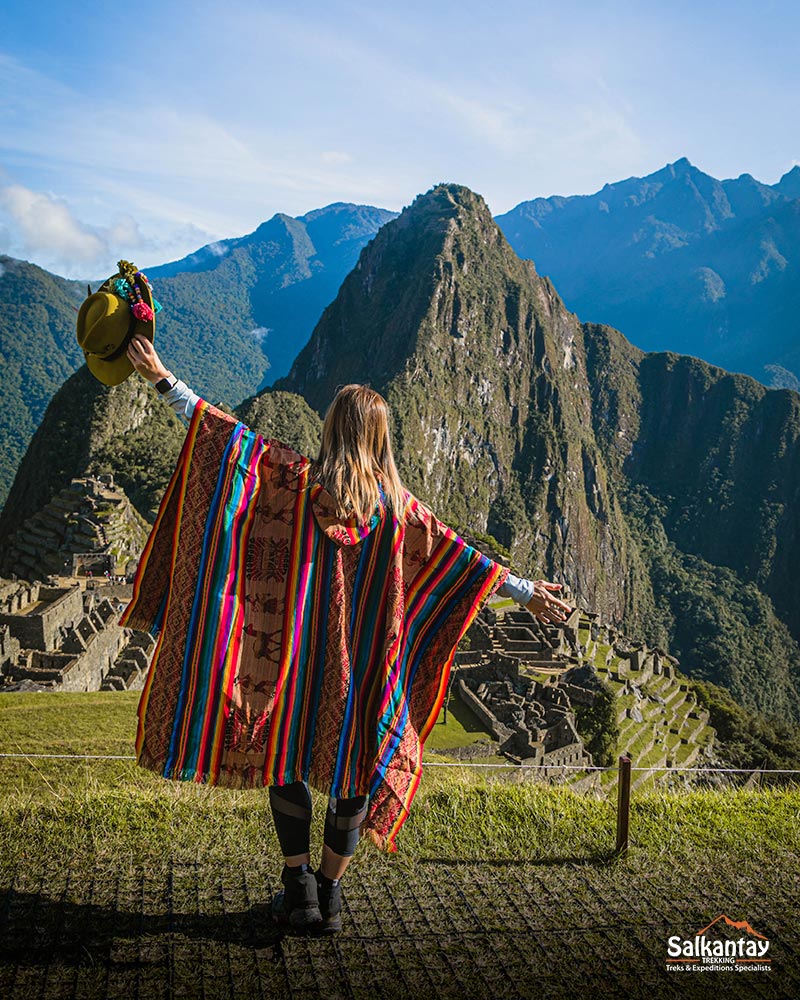
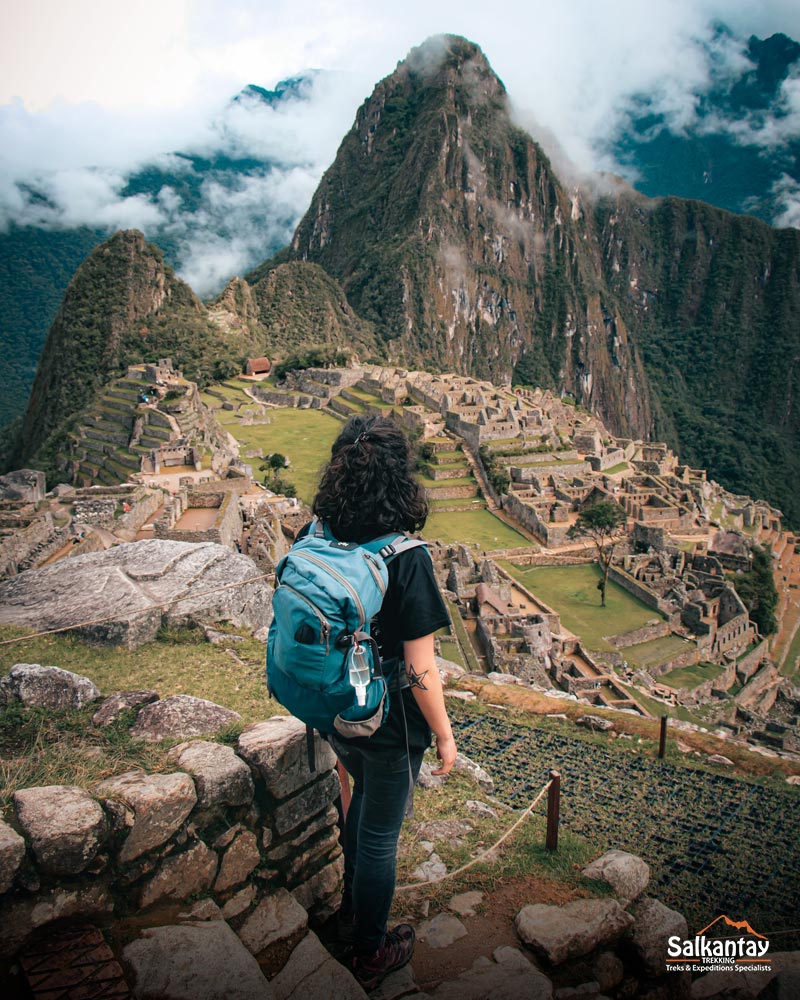
Bridges and Passages: Along the trail, there are several hanging bridges and narrow passages that traverse the landscape. These spots can add interesting elements to your photos.
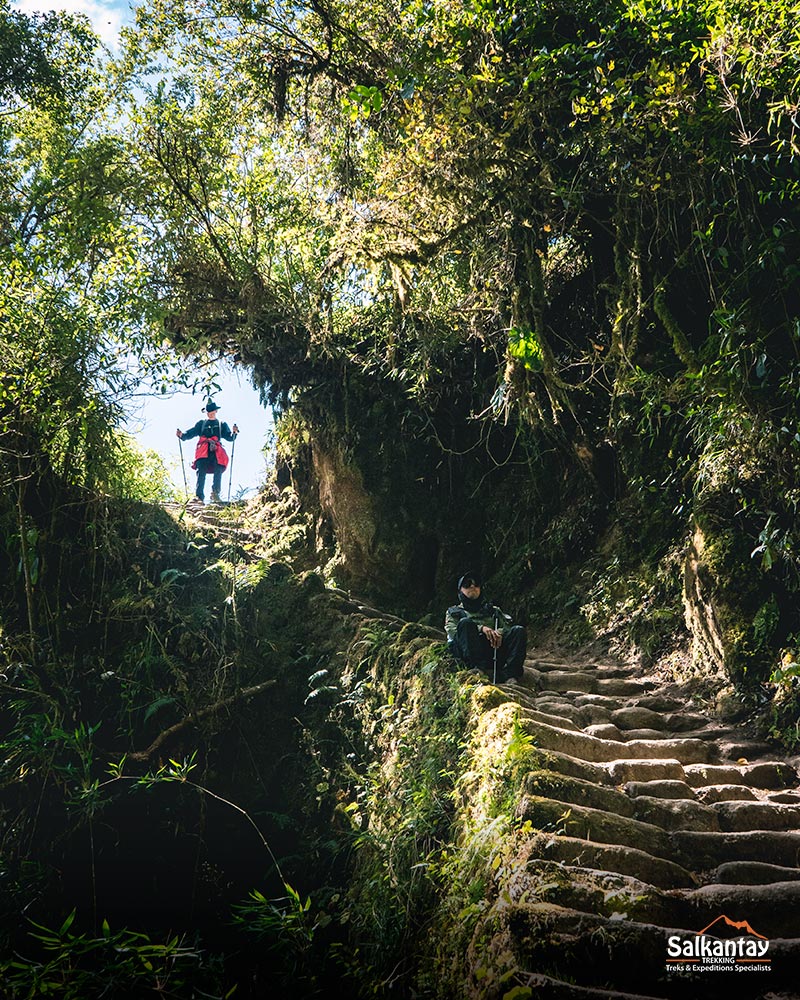
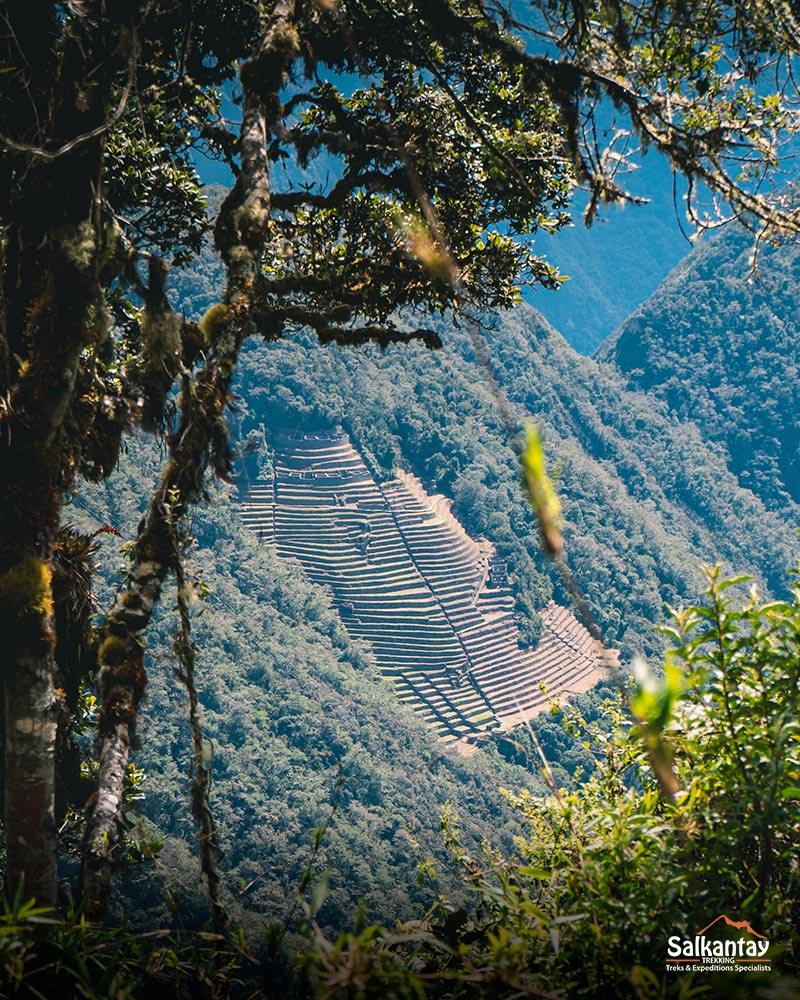
Ancient Staircases: Throughout the trail, you’ll walk along ancient staircases that the Incas used, allowing you to connect with history. These staircases are a testament to the Incas’ engineering skills and ability to build enduring and efficient paths through the mountainous Andean terrain.
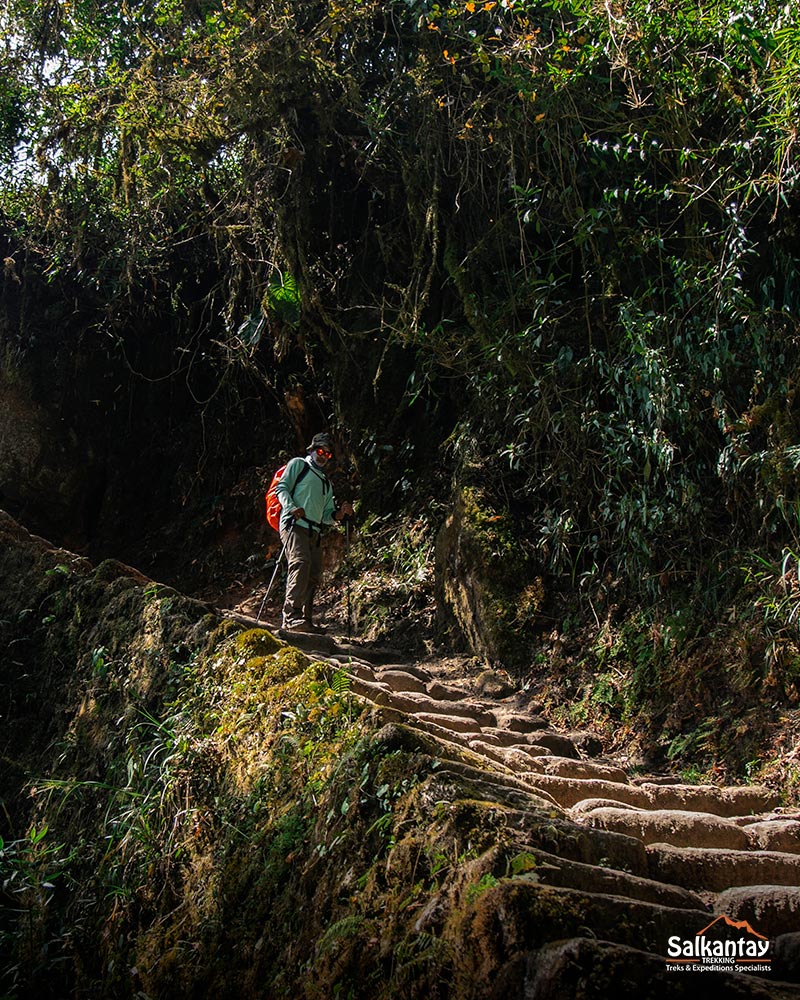
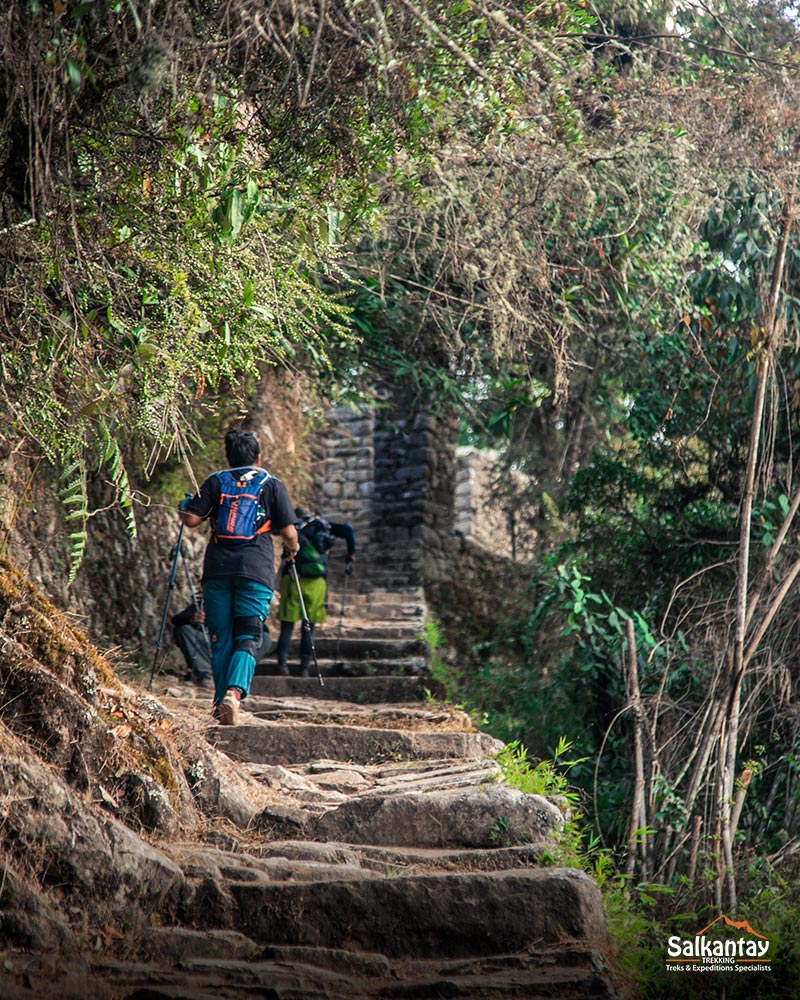
Panoramic Views: Overall, the Inca Trail offers incredible panoramic views of mountains, valleys, and natural landscapes. Seize any opportunity to capture the grandeur of the surroundings.
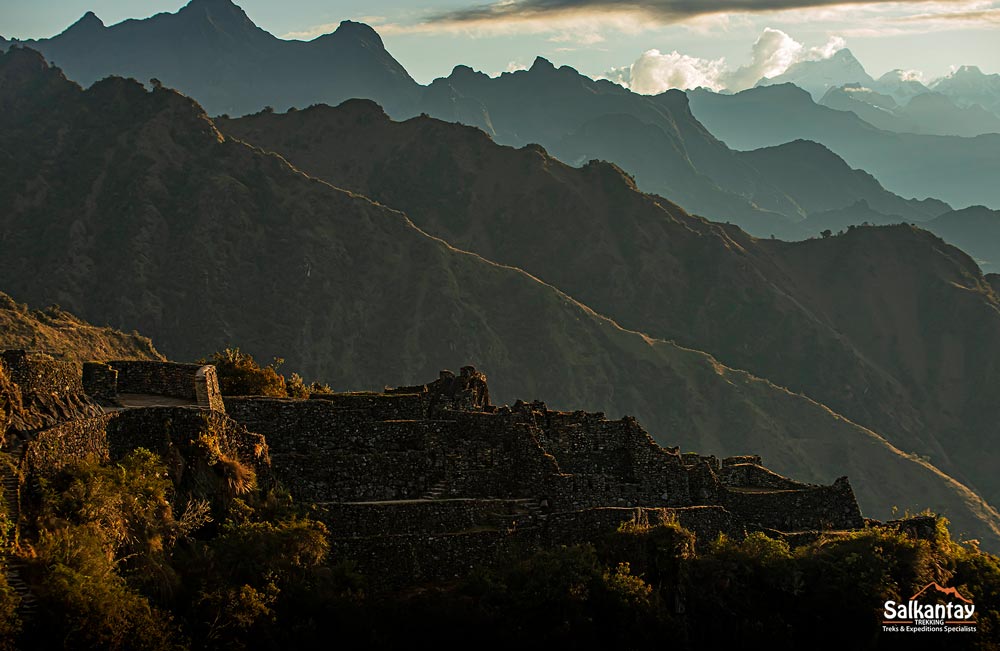
Inca Trail Faqs: What other doubts do tourists like me have?
When are there the most visitors on the Inca Trail?
Many people visit the Inca Trail during dry season, which is May to September. However, the Inca Trail is literally jam-packed with tourists during May, June, July, and August.
When are the least people on the Inca Trail?
The lowest tourist influx on the Inca Trail is during rainy season, which is October to April. Remember that in the month of February, the Inca Trail is closed for maintenance and due to constant rainfall. March could be a good option if you don’t like to travel with a crowd. In March, it doesn’t rain much, which guarantees refreshing days and nice temperatures. In dry season, the days can become really suffocating.
So, which is the best season to go to the Inca Trail?
That depends on you. If you don’t like crowds and also don’t like to hike in suffocating temperatures, we recommend hiking the Inca Trail at the beginning of April or the beginning of September. That way, you’ll avoid the intense rainfall, hot days, and crowds of tourists.
Is it difficult to access the Inca Trail during high season?
The entrance price of the Inca Trail is the same all year long. However, train and bus ticket prices usually increase during high season. If you are traveling during high season, remember to make reservations for entrance to the Inca Trail far in advance. Don’t forget that it’s practically impossible to reserve entrance to the Inca Trail once you get to Cusco unless you have time to wait weeks, or even months, for a free space to become available.
How do we get to the trailhead at Km 82?
You can get to KM 82 by train or car from Cusco or Ollantaytambo.
How do we return from Aguas Calientes?
To return to Cusco from Aguas Calientes, we can take the train to Ollantaytambo, where we will find various buses available to take you back to Cusco.
How do we get from Aguas Calientes to Machu Picchu?
There’s a fleet of mini-buses that go between Aguas Calientes and the Historic Sanctuary of Machu Picchu in 20 minutes, whether there or back. This service is available every day.
If you prefer, you can get to Machu Picchu by foot on a challenging trail. It will take about 2 hours to get to the top.
Is there signage along the Inca Trail?
For your relief, there are many signs along the Inca Trail. You’ll also find important information at certain places, such as the climate, altitude, distances, and services.
Why should I choose the Inca Trail?
Several specialized magazines consider the route of the Inca Trail one of the 5 best treks in the world. This excursion is ideal for nature lovers. You can see snow-covered mountains, cloudy forests, waterfalls, diverse vegetation, native animals, archaeological sites and other wonders that will captivate you.
Conquer the Inca Trail: Journey Through History
We can’t deny it: Peru has the power to transform you. You’ll carry memories that will shine in your mind like precious gems. Not only will you have walked in the footsteps of the ancient Incas, but you’ll also have forged your path in history, uniting the past and present in an unforgettable moment. We hope this information clarifies your doubts and you’ll finally grab your suitcase.
So get ready to be captivated, inspired, and uplifted on a journey that will surpass all your expectations. The adventure awaits; the Inca Trail Peru is calling. It’s time to embrace the wonder that awaits you with every step!
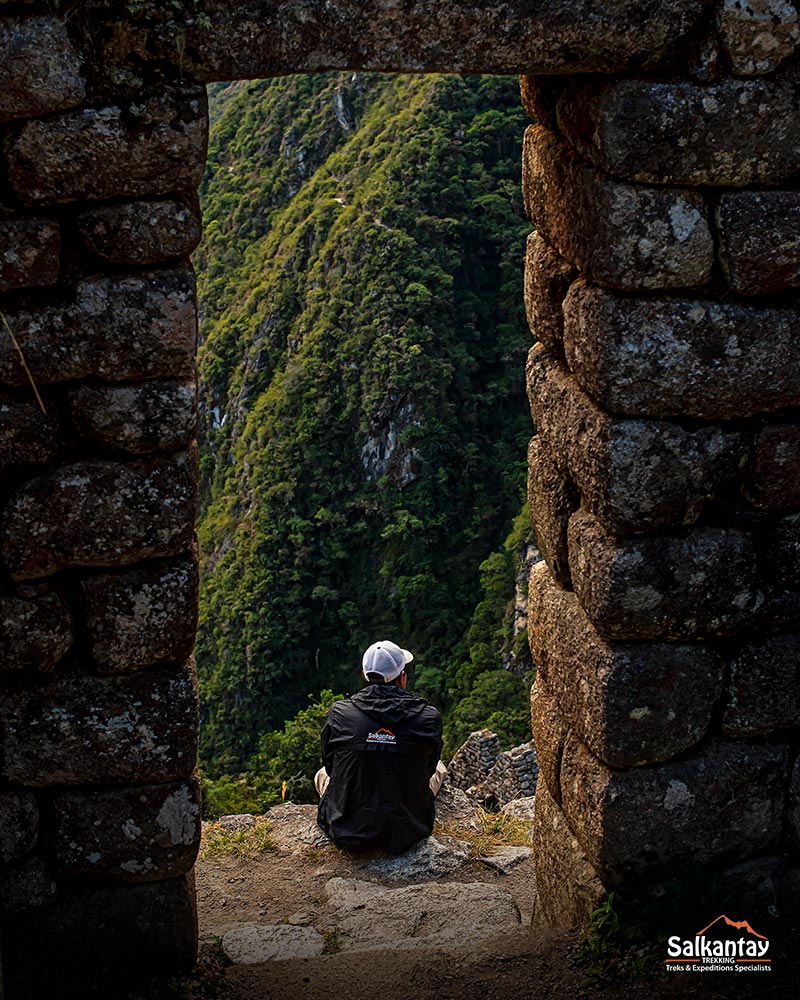
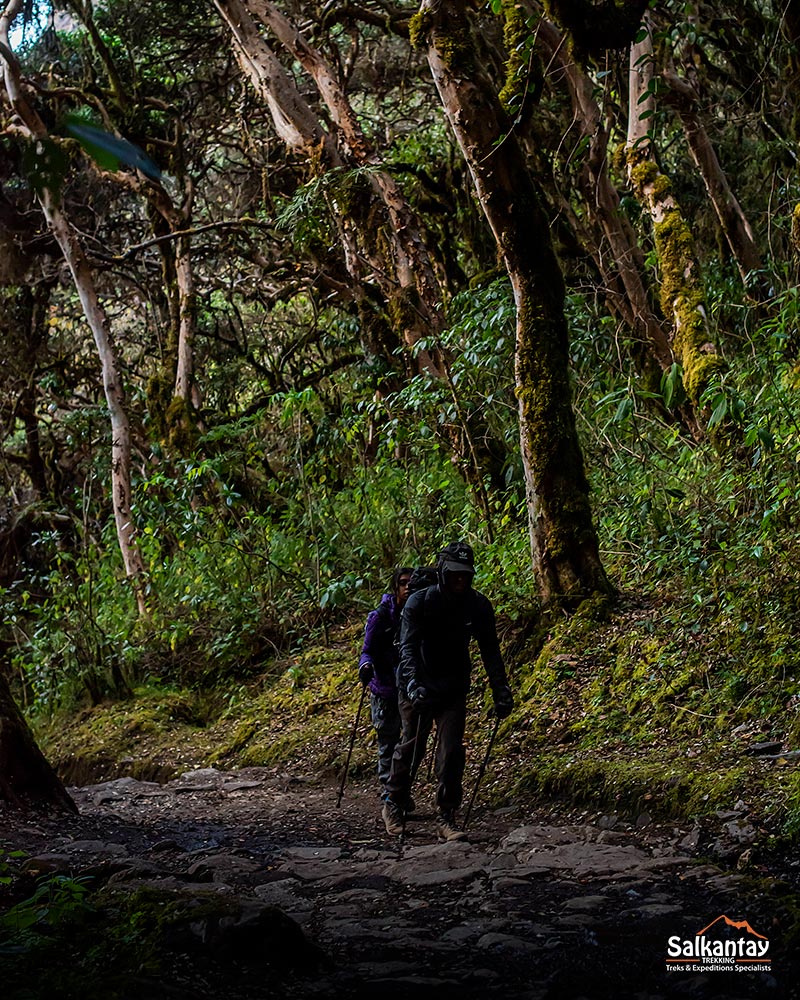

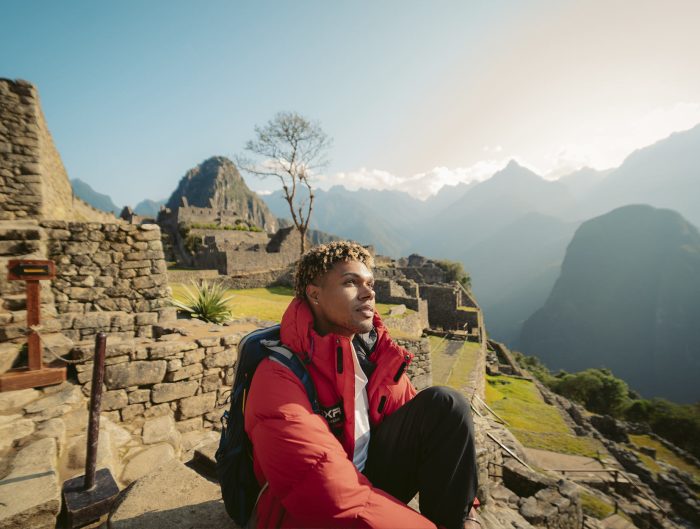


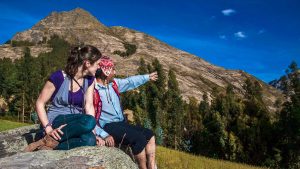
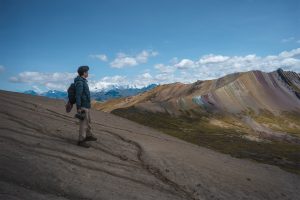
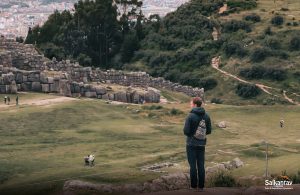
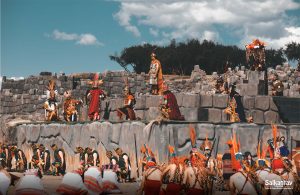
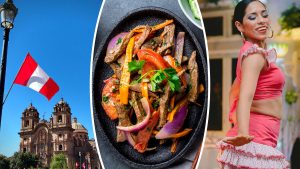

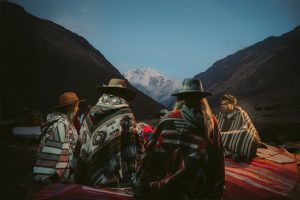
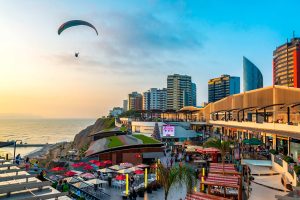

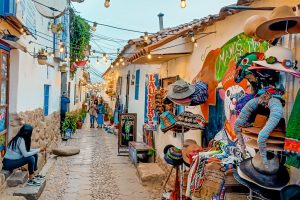
Leave A Reply